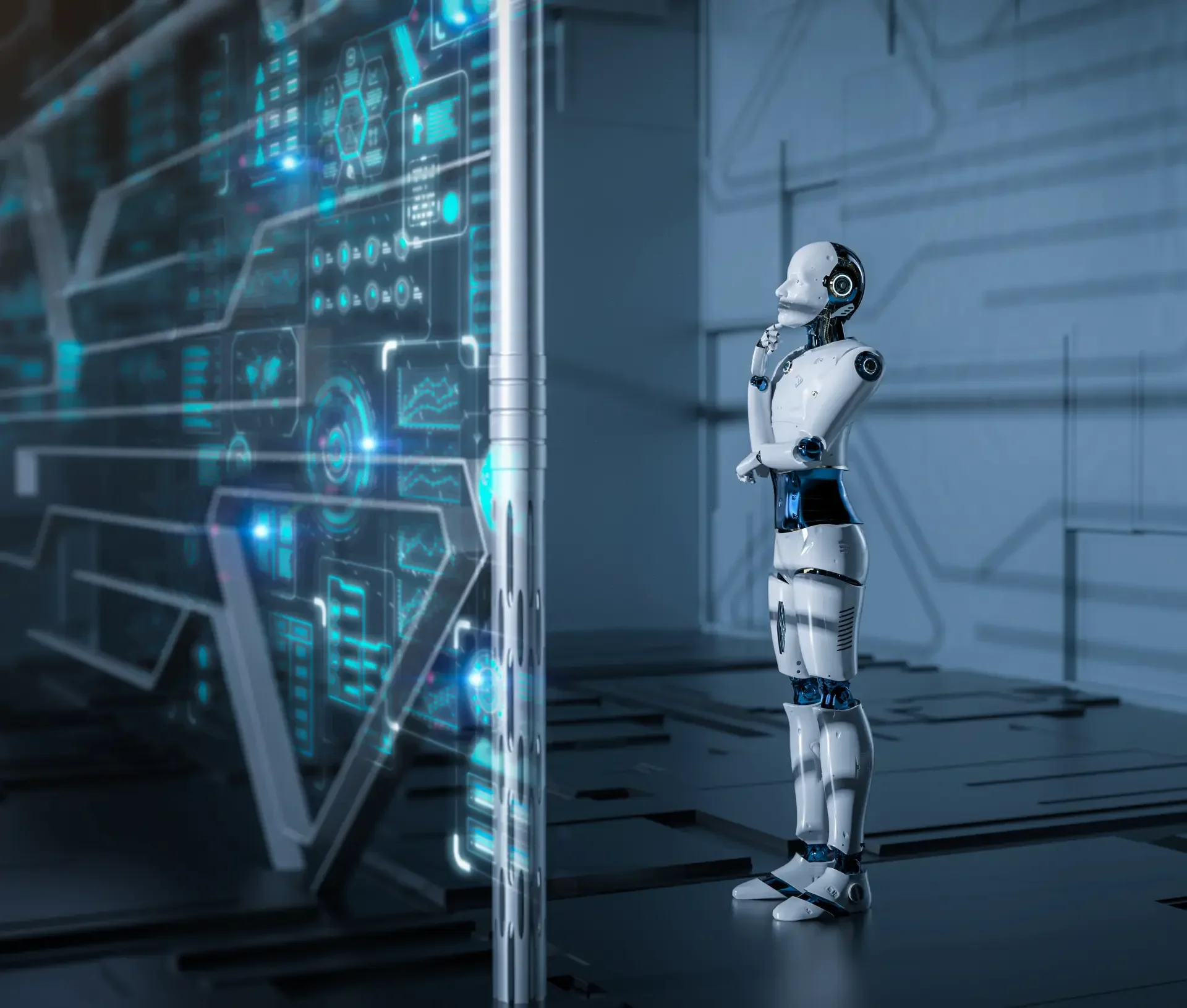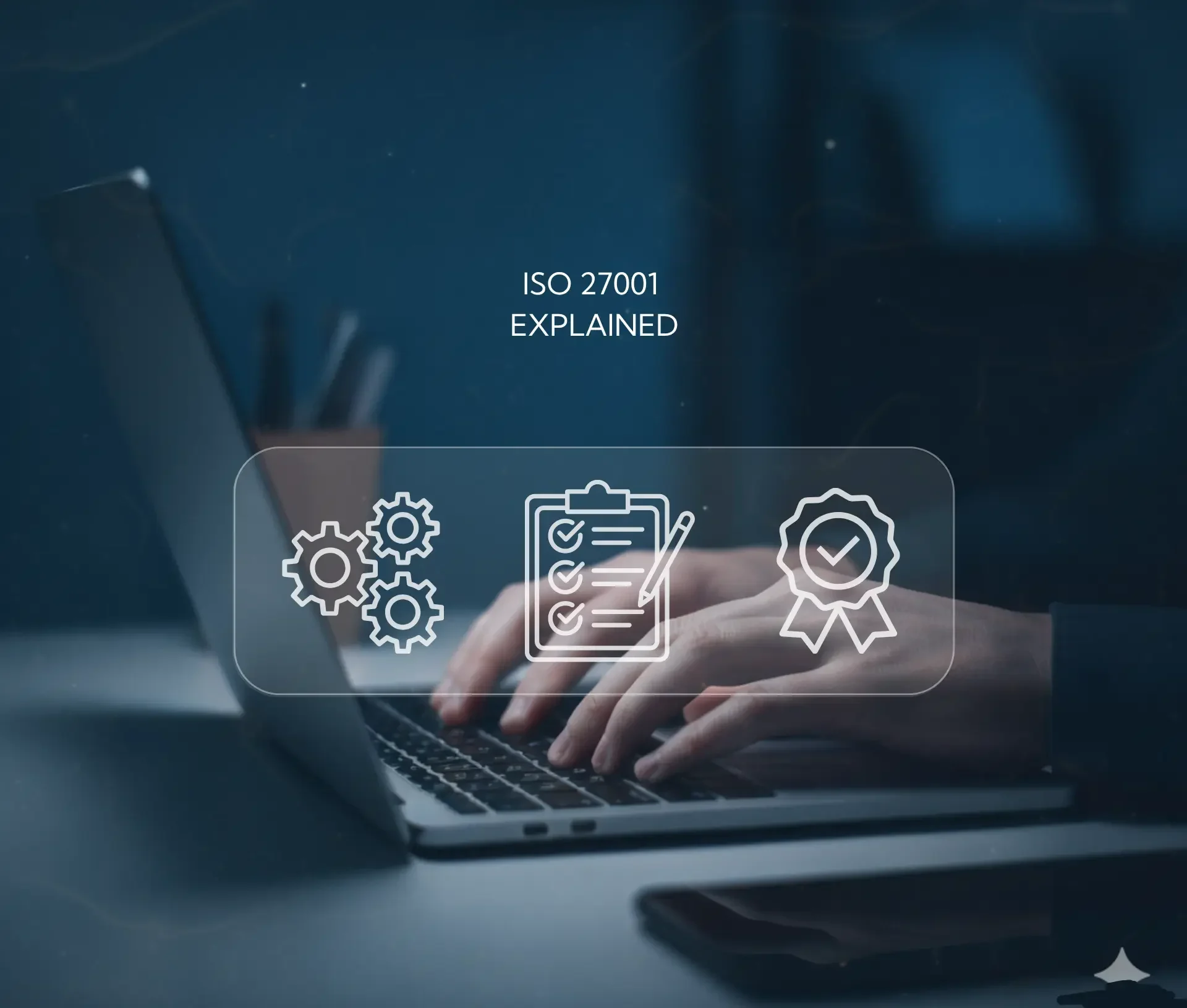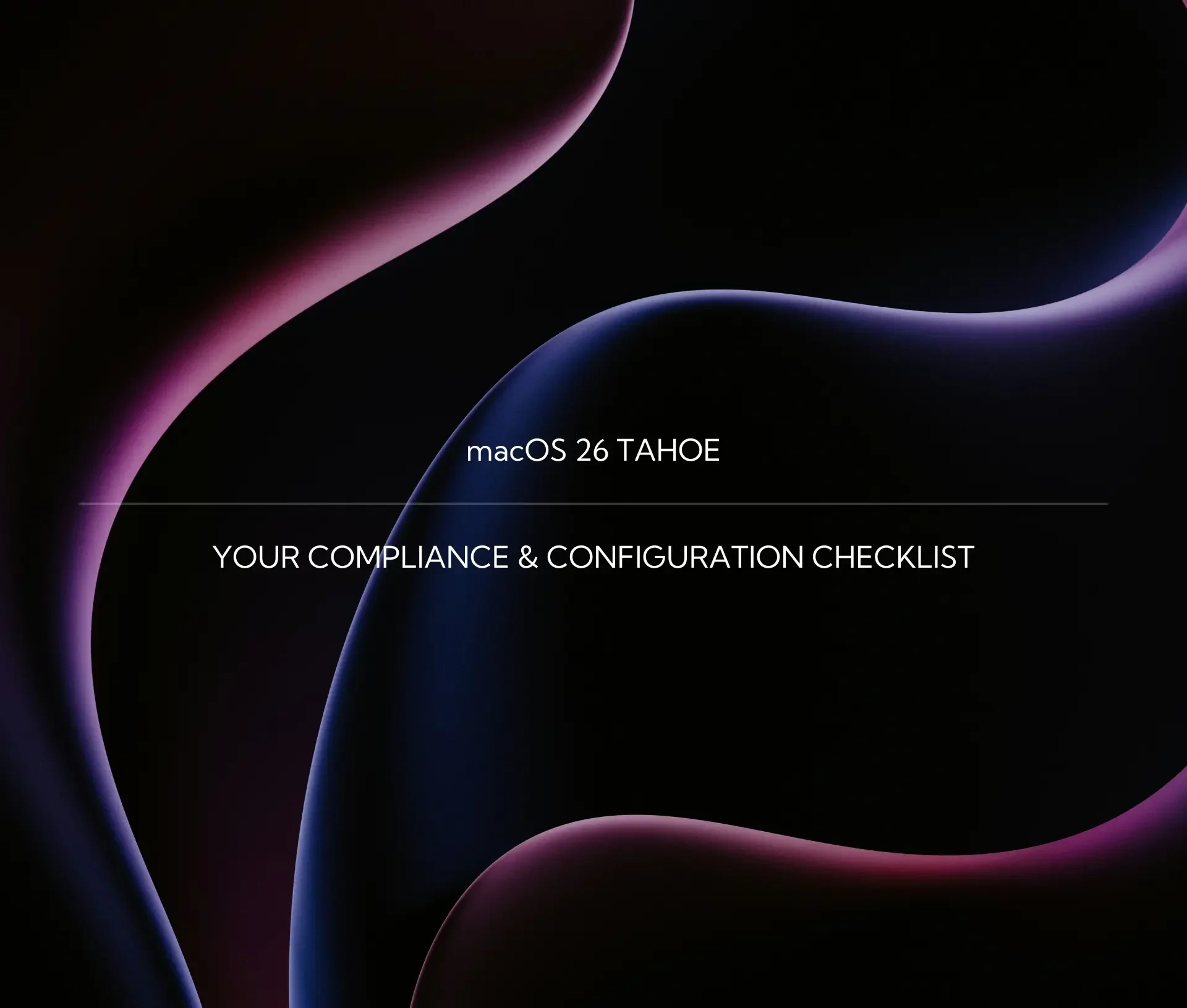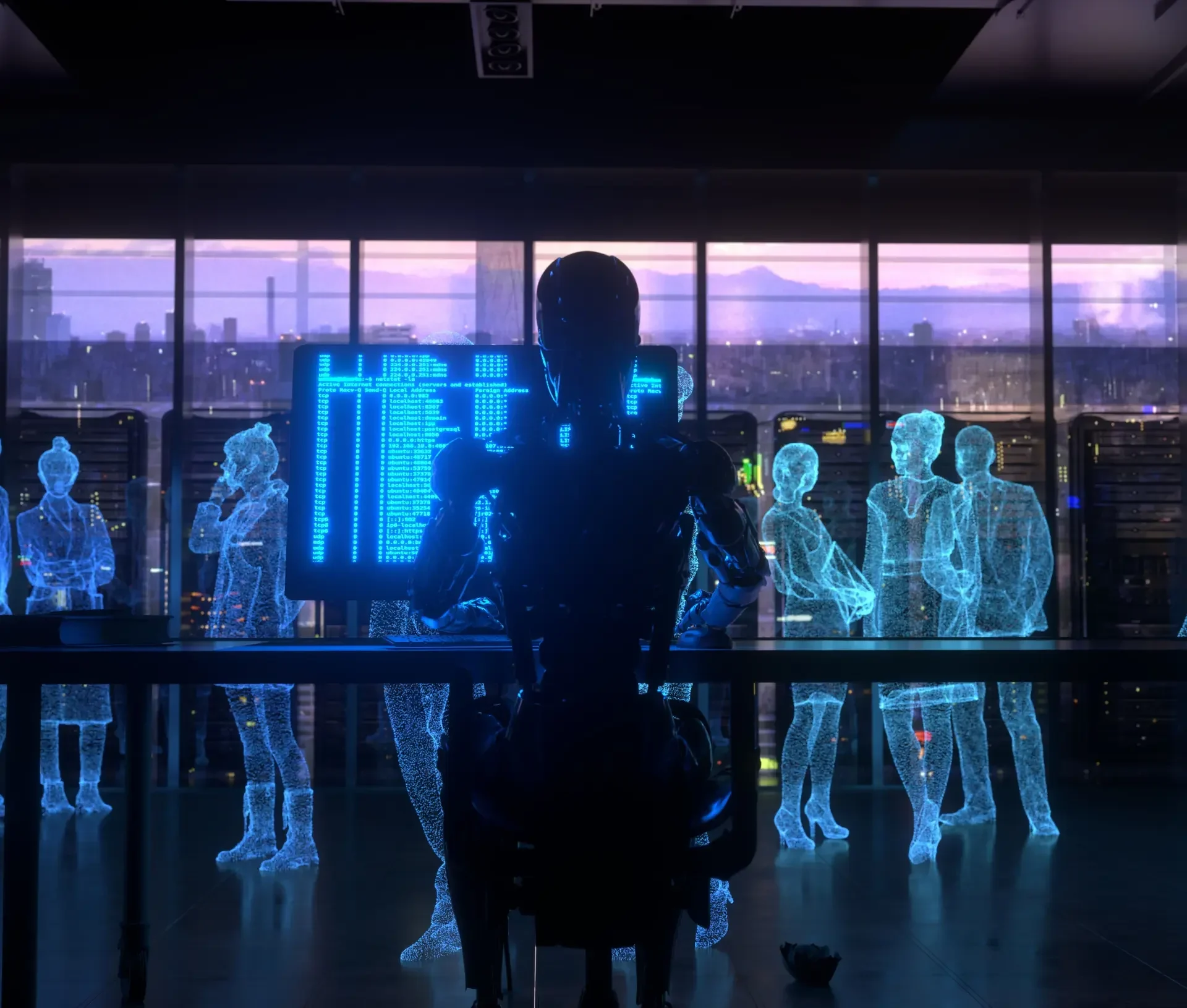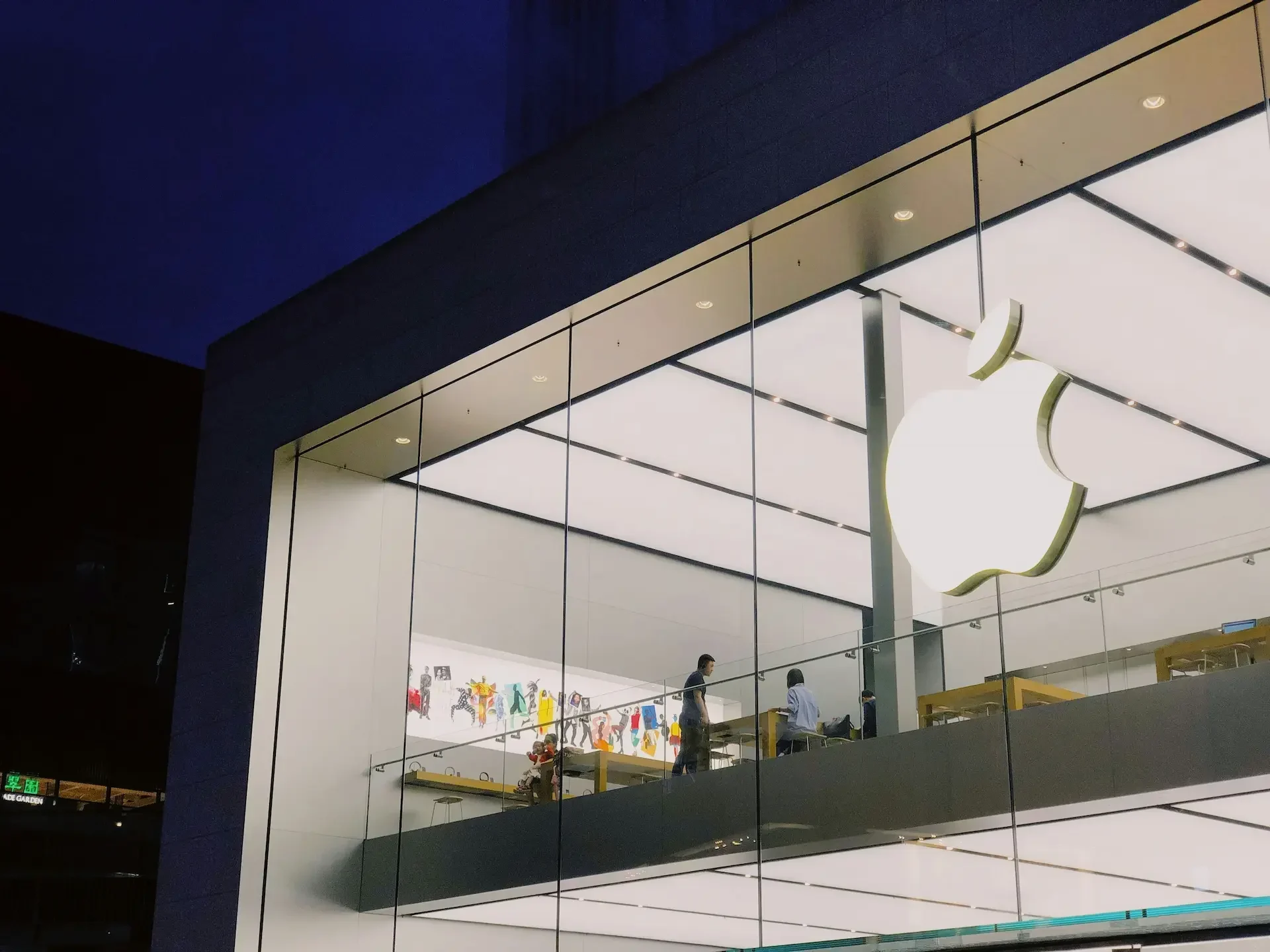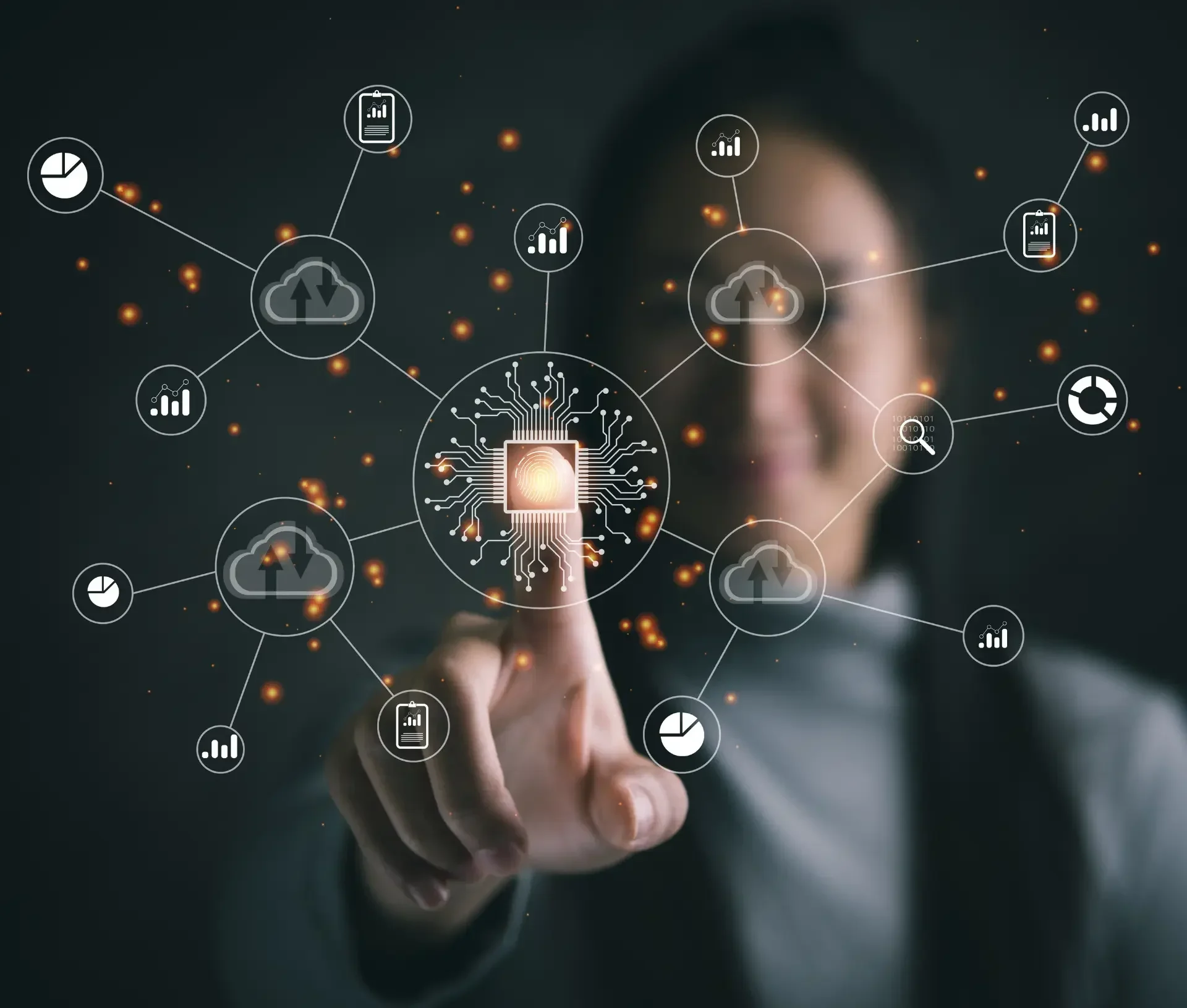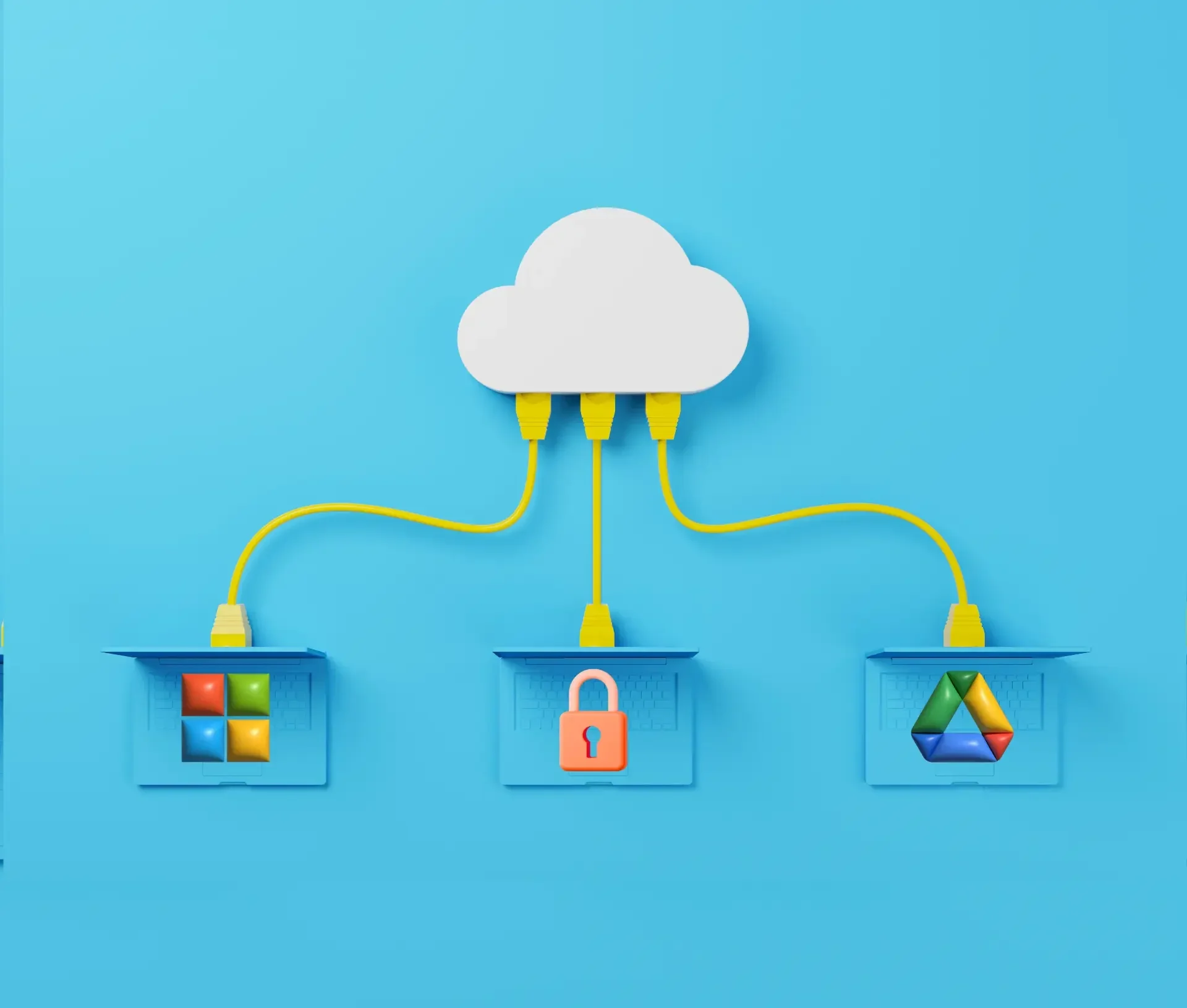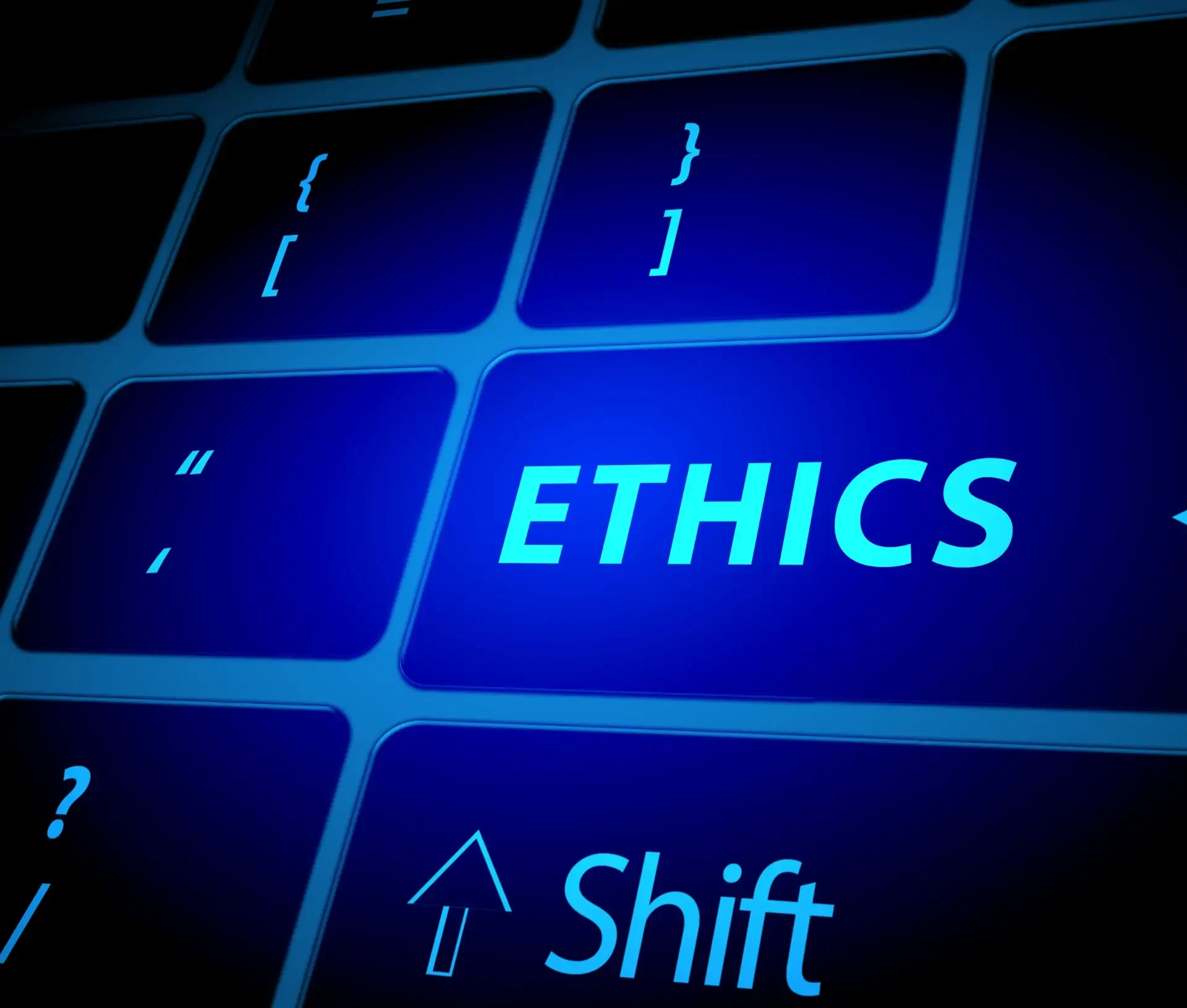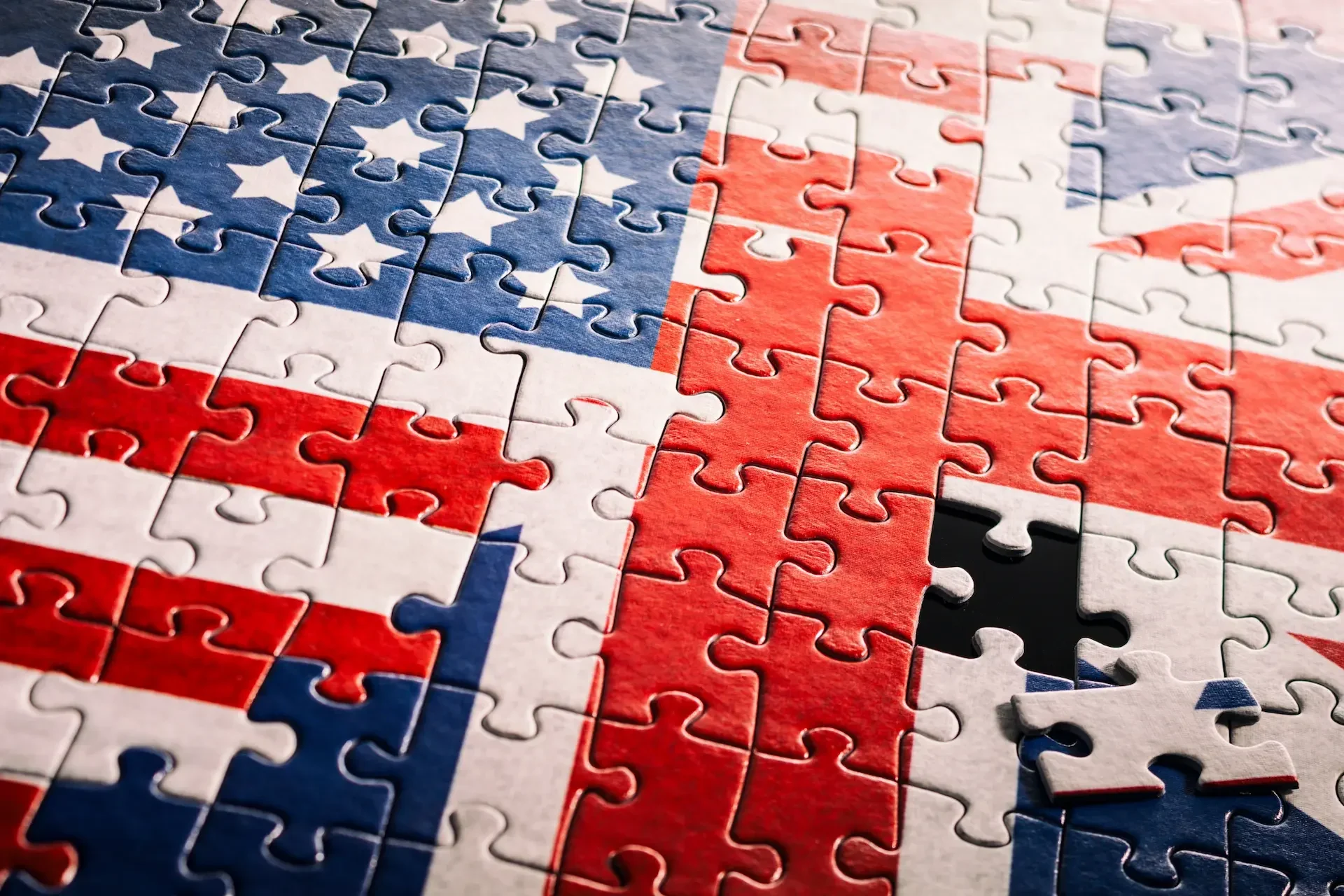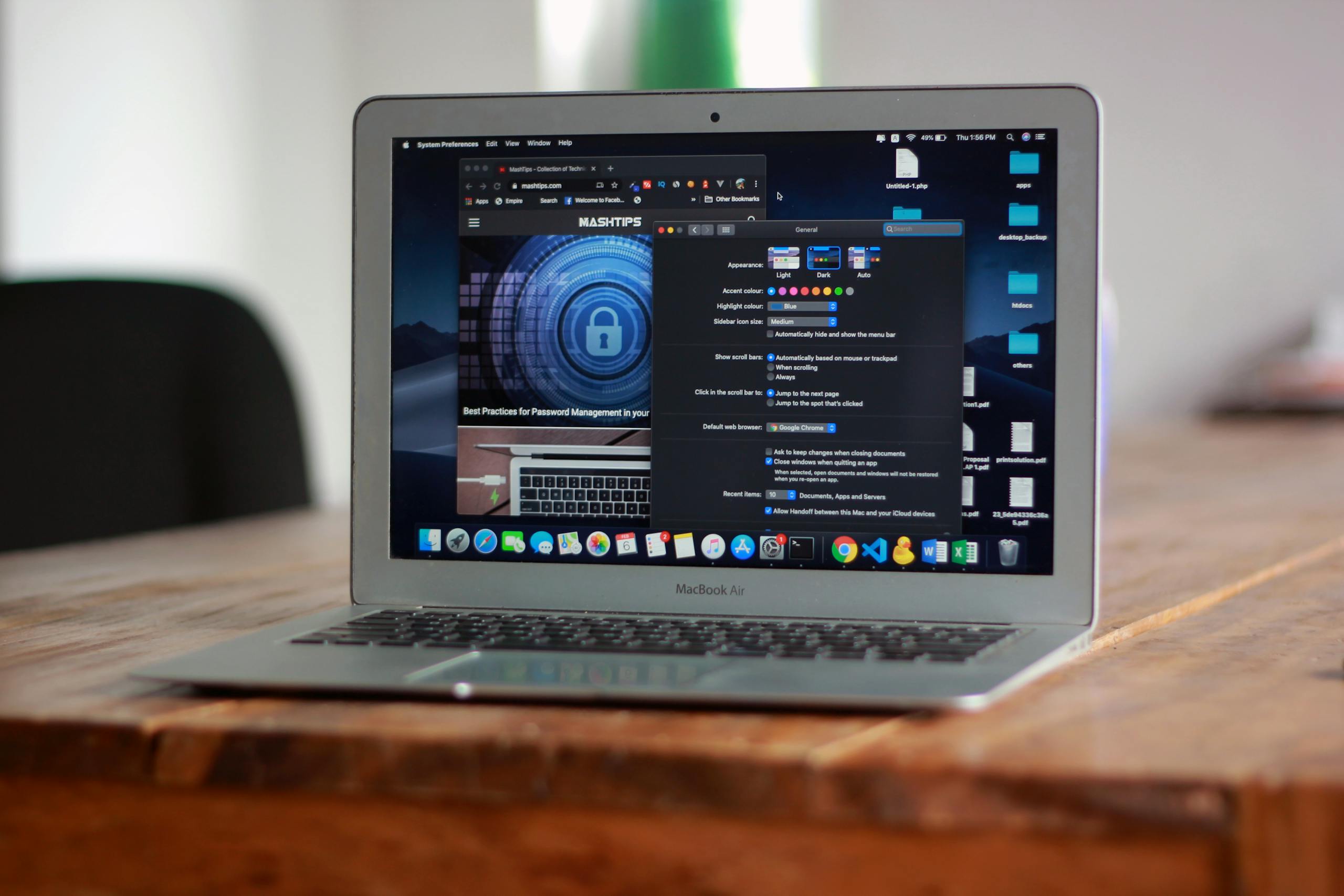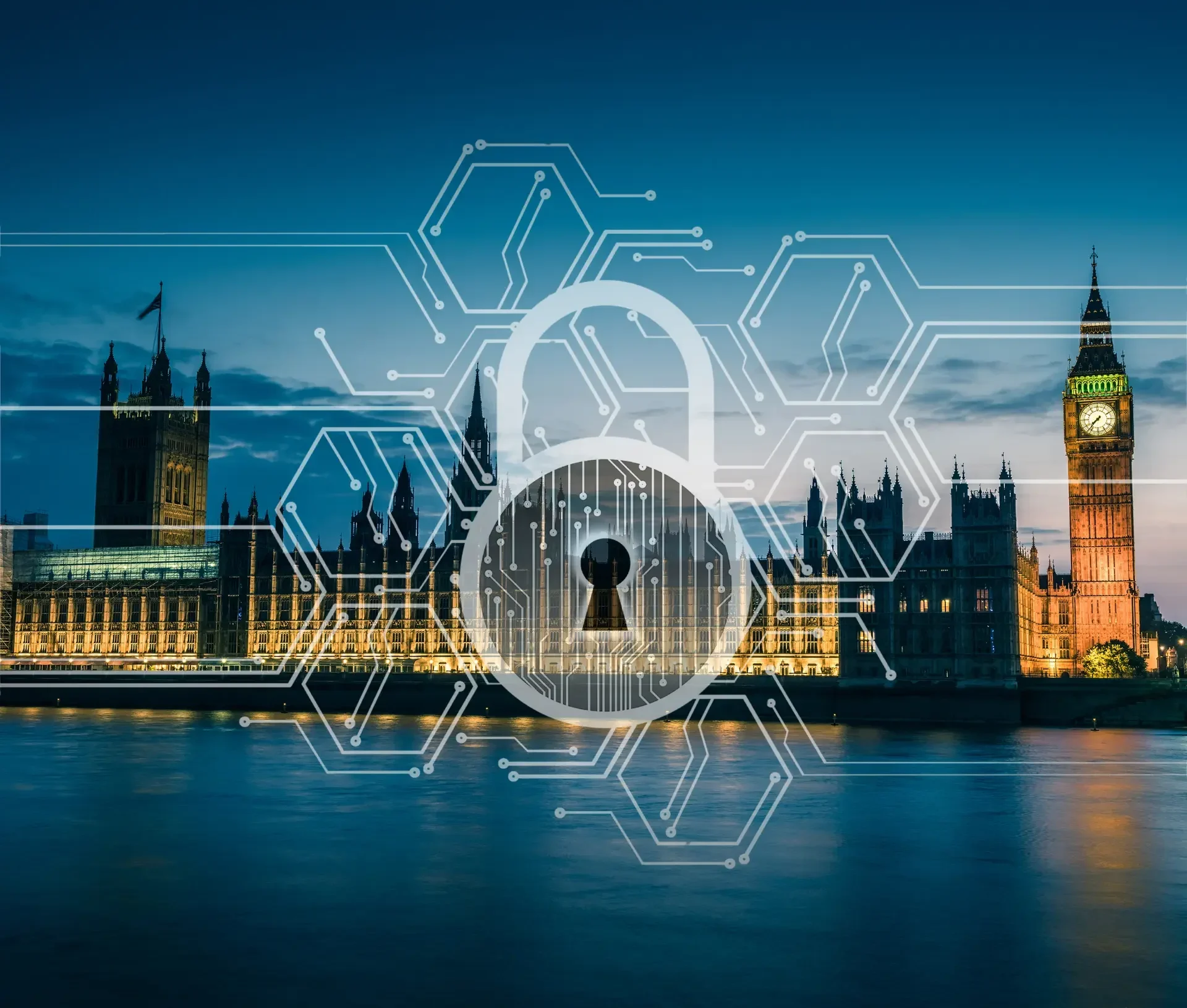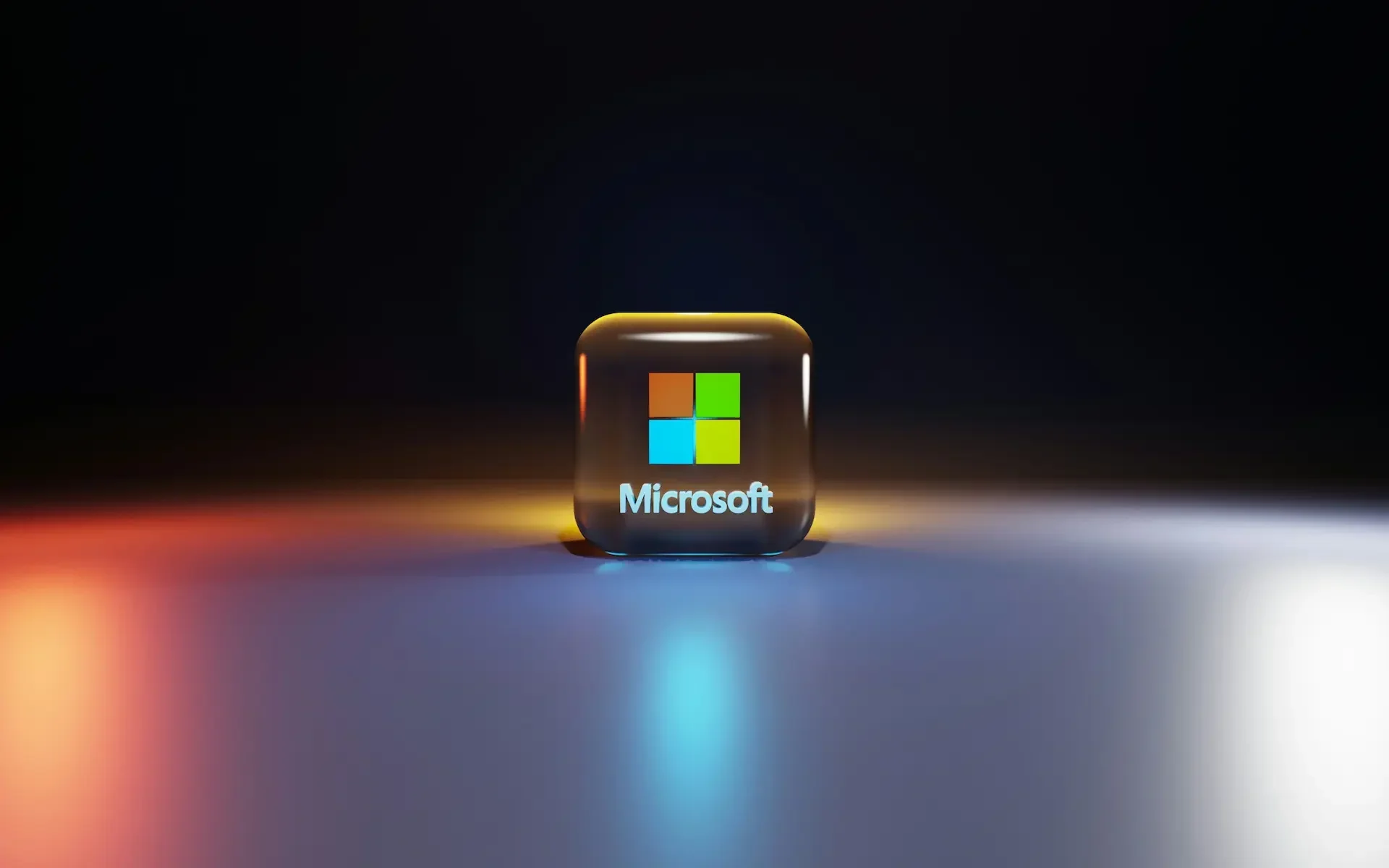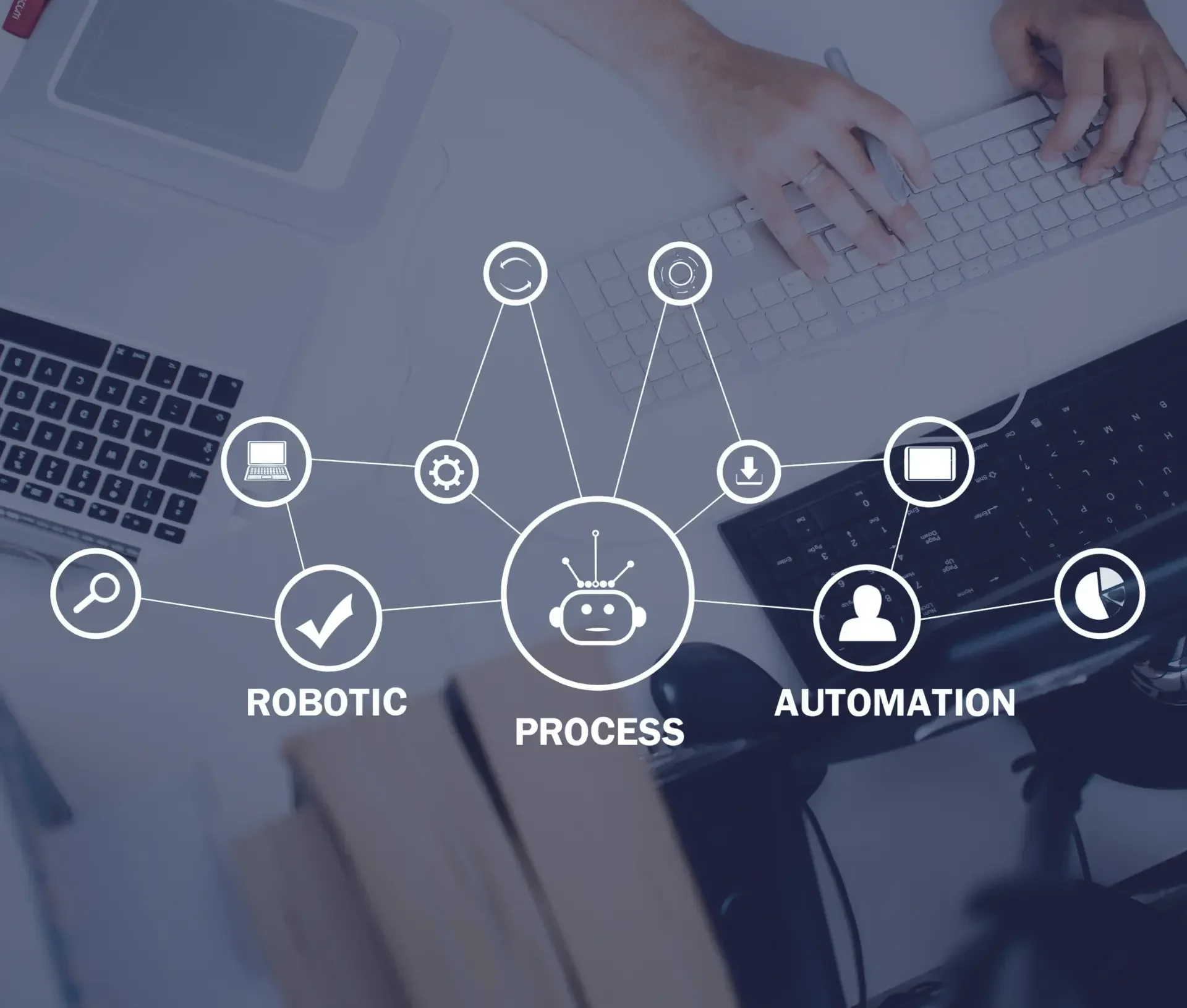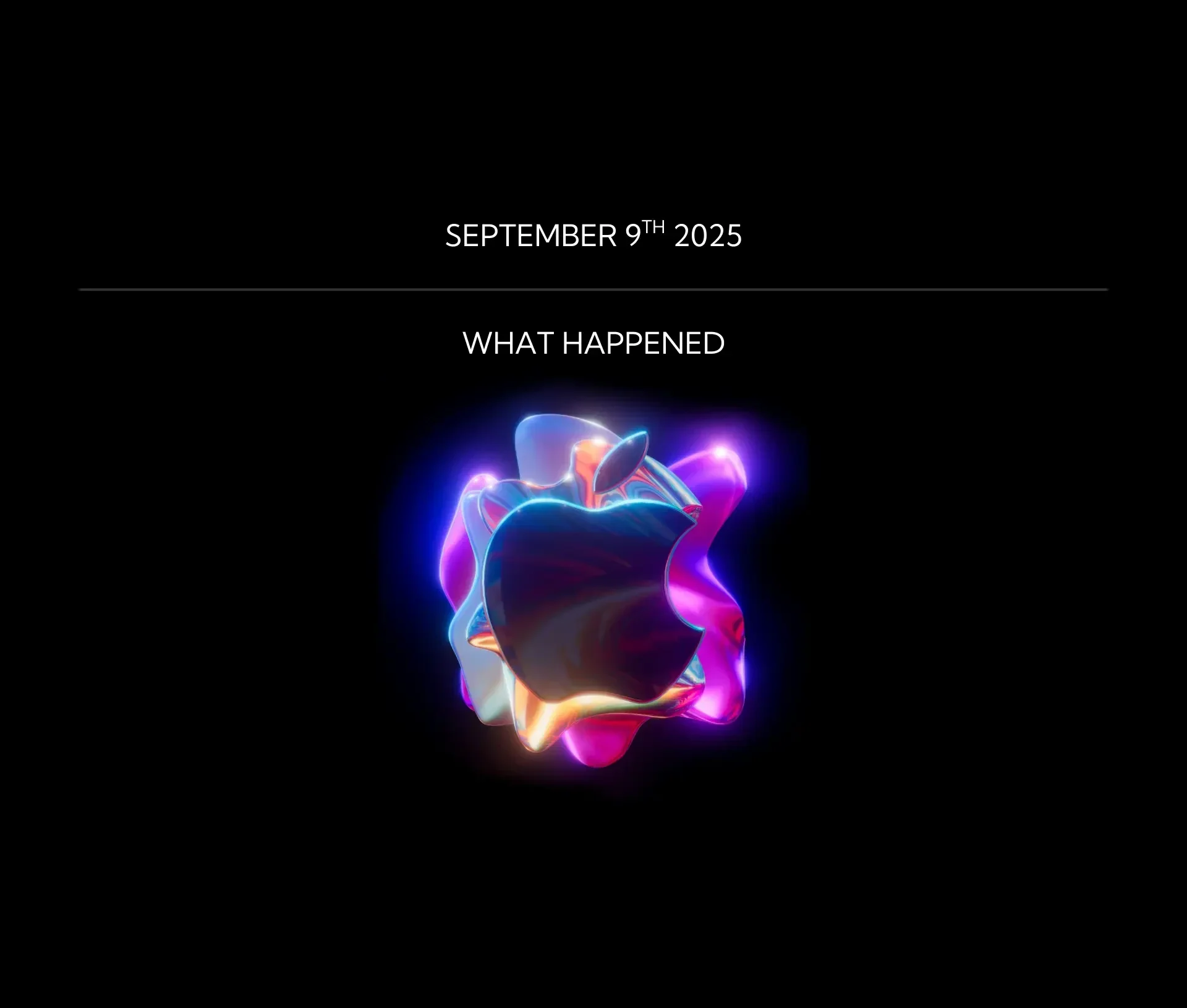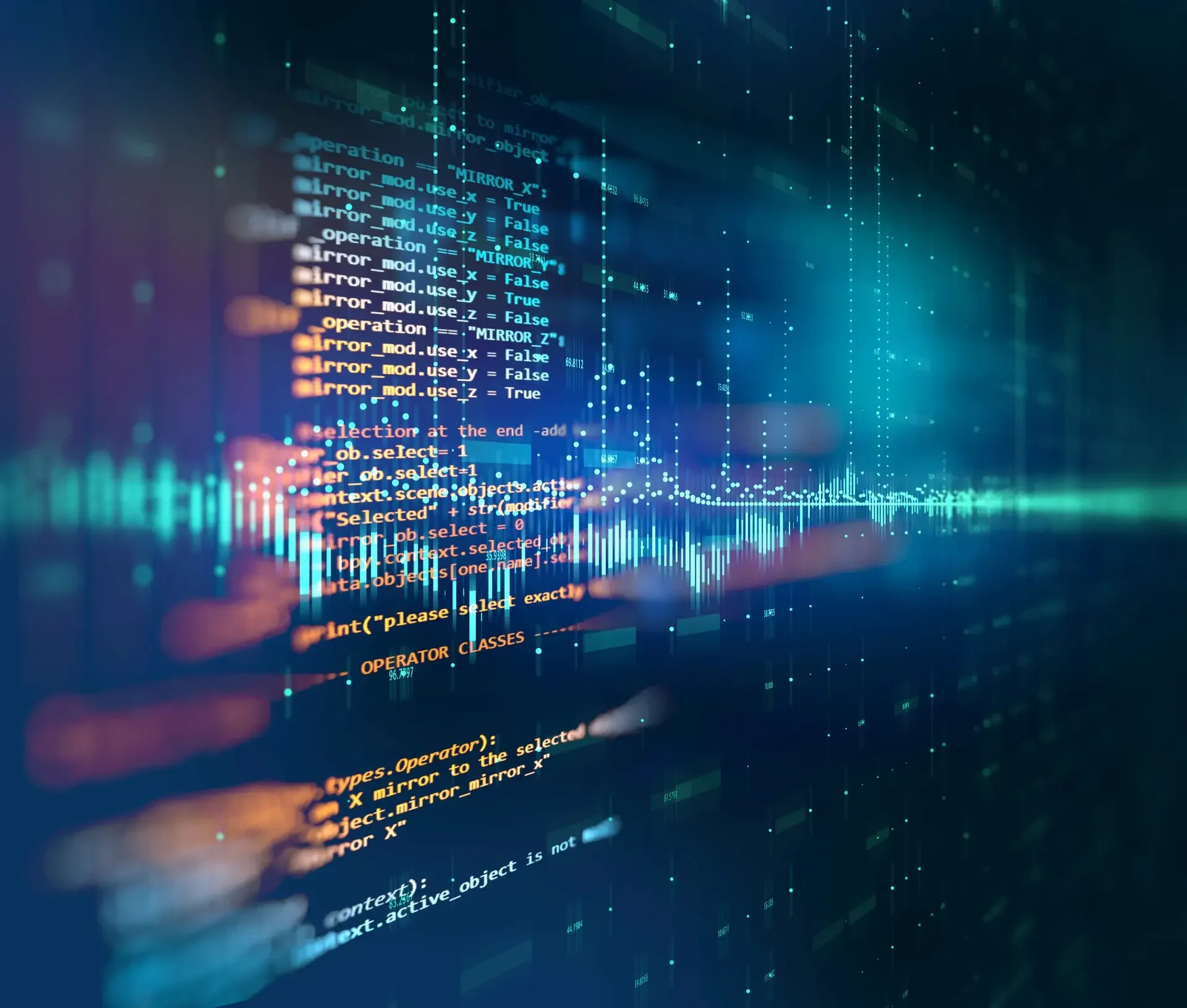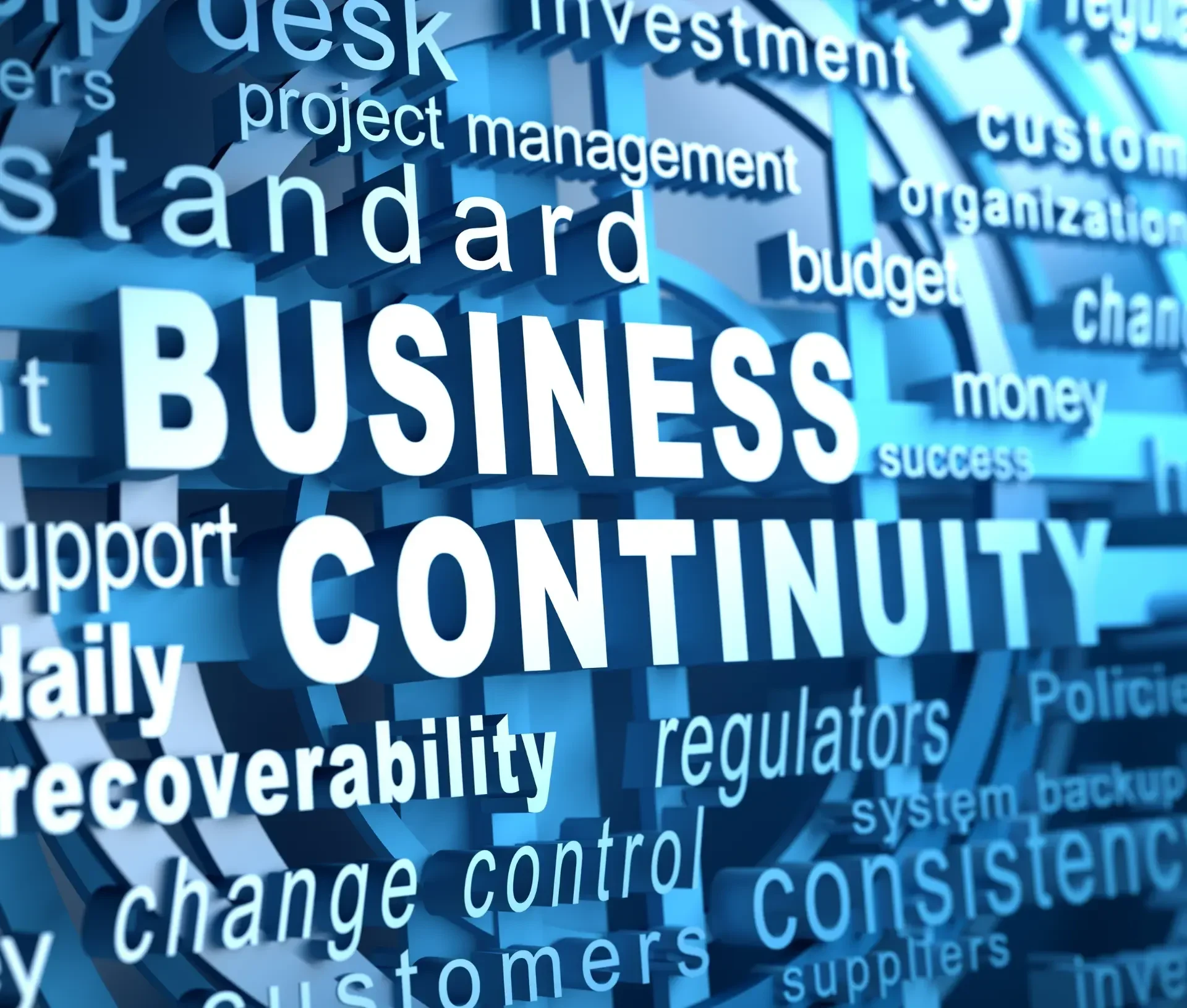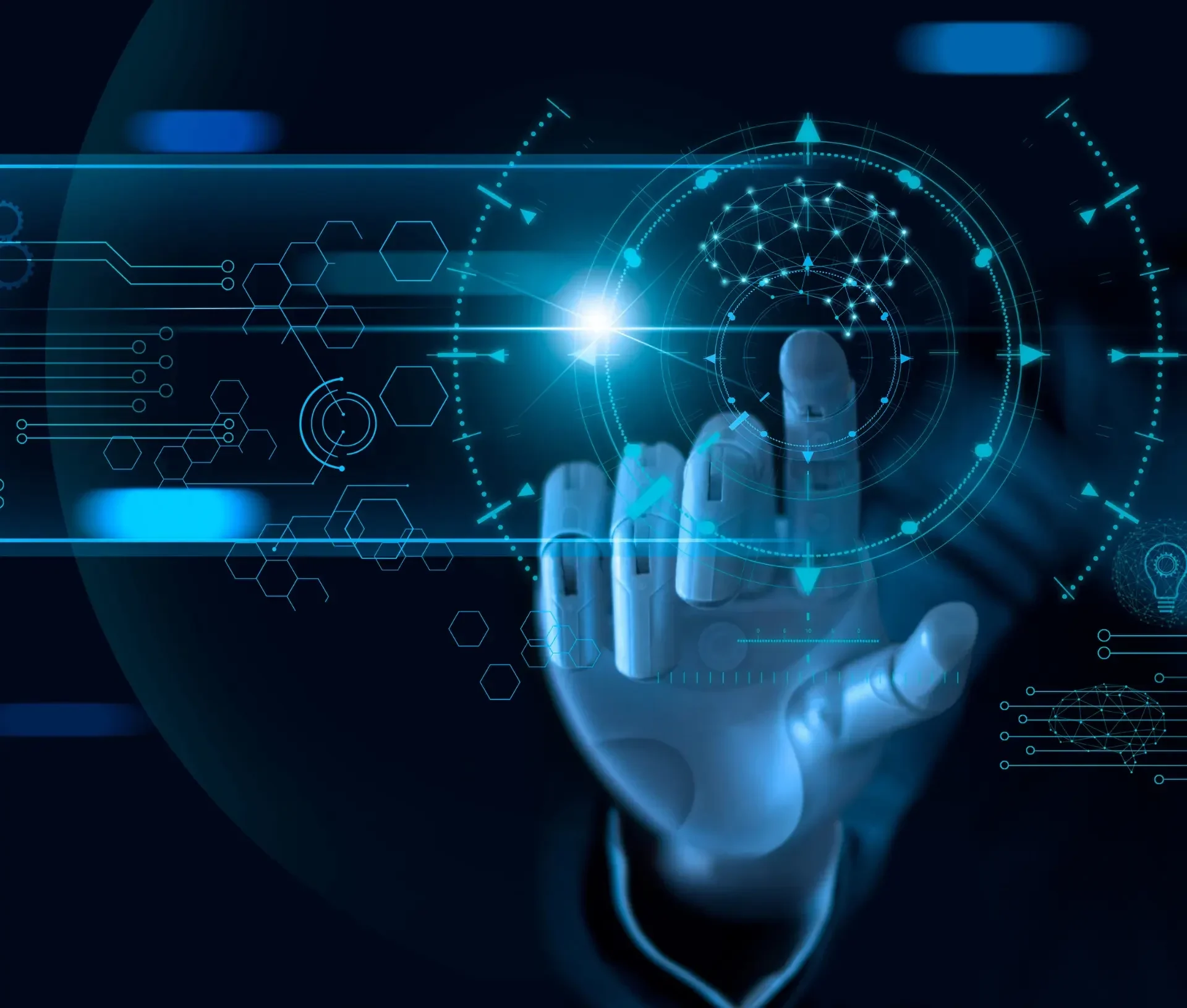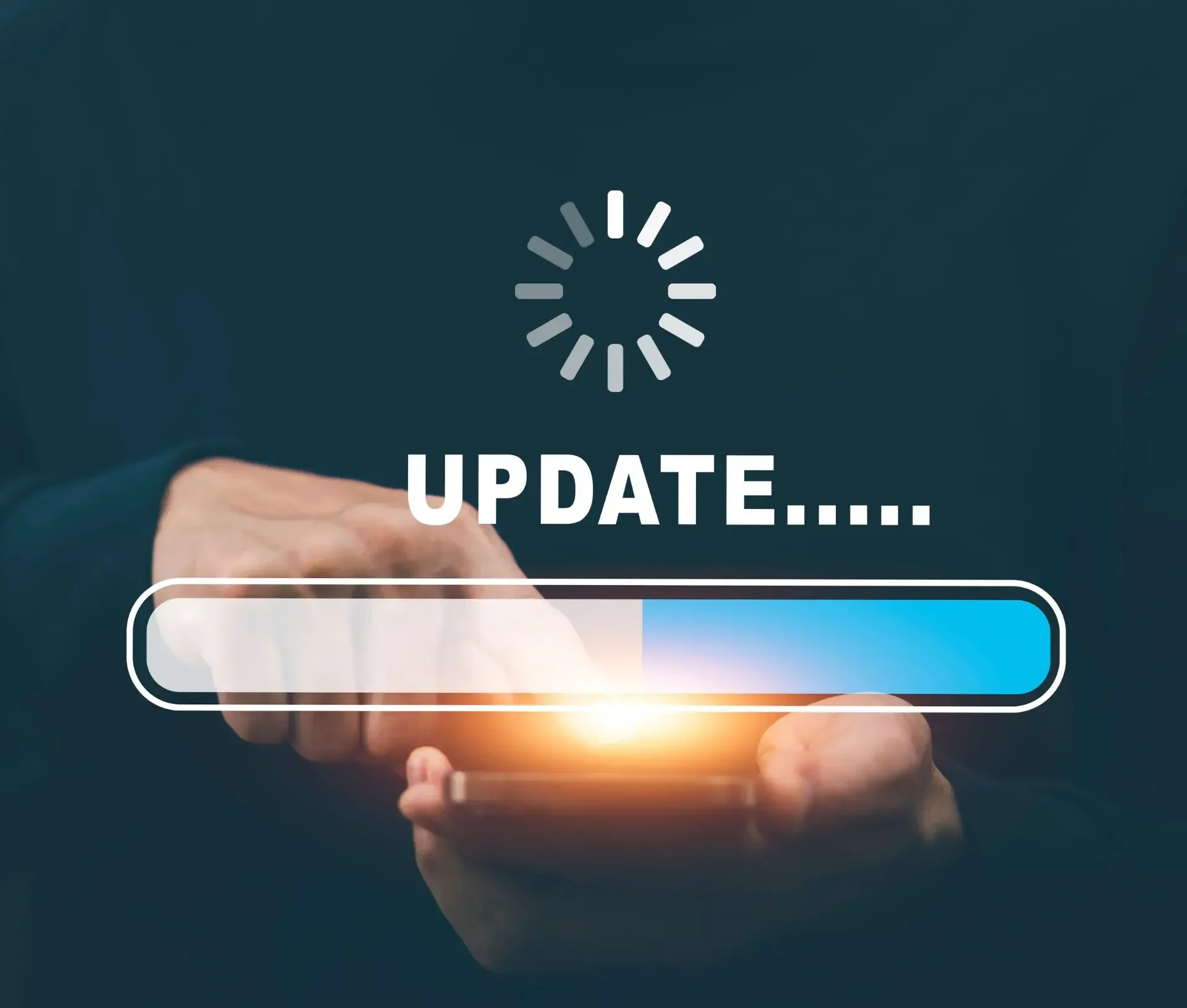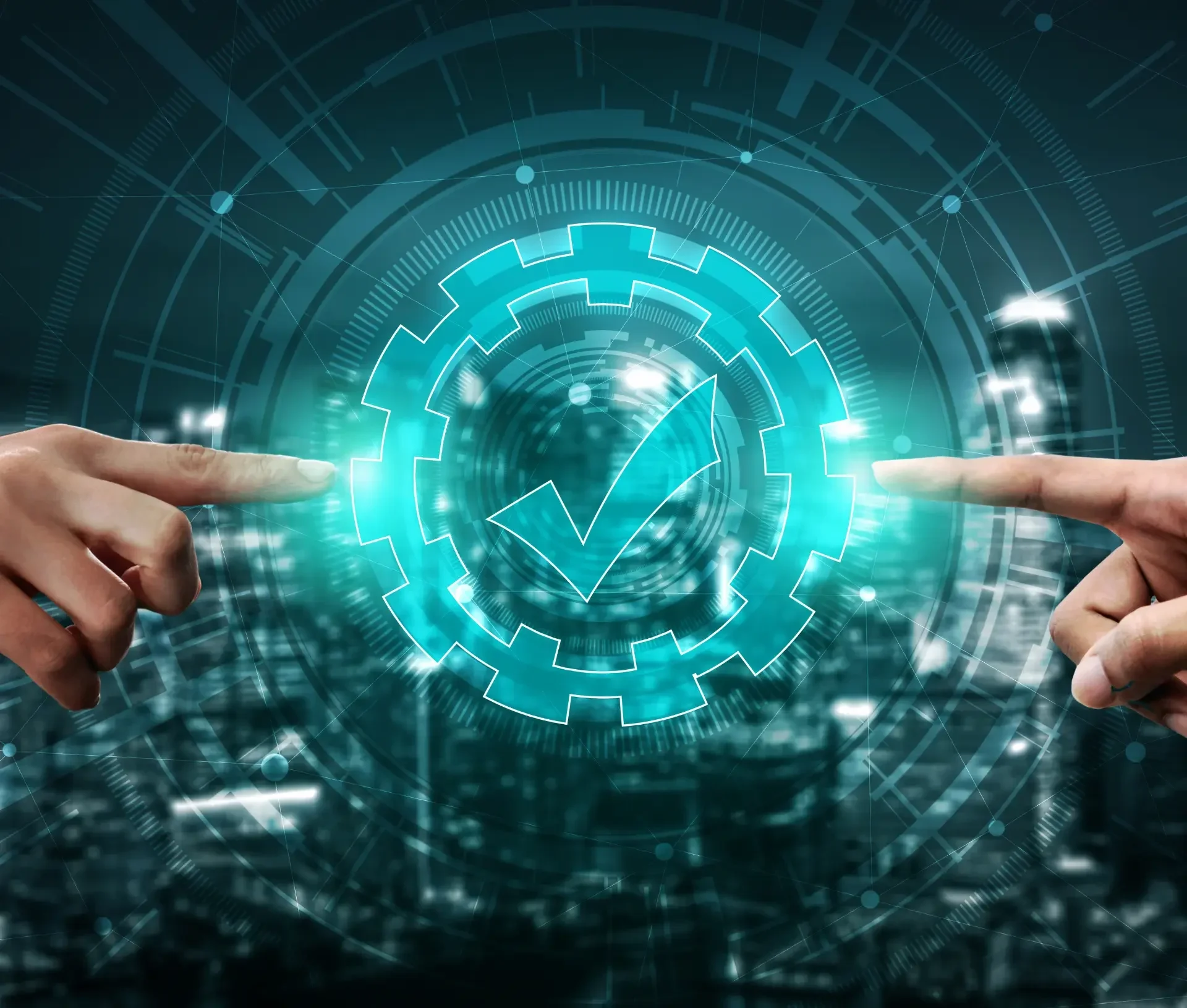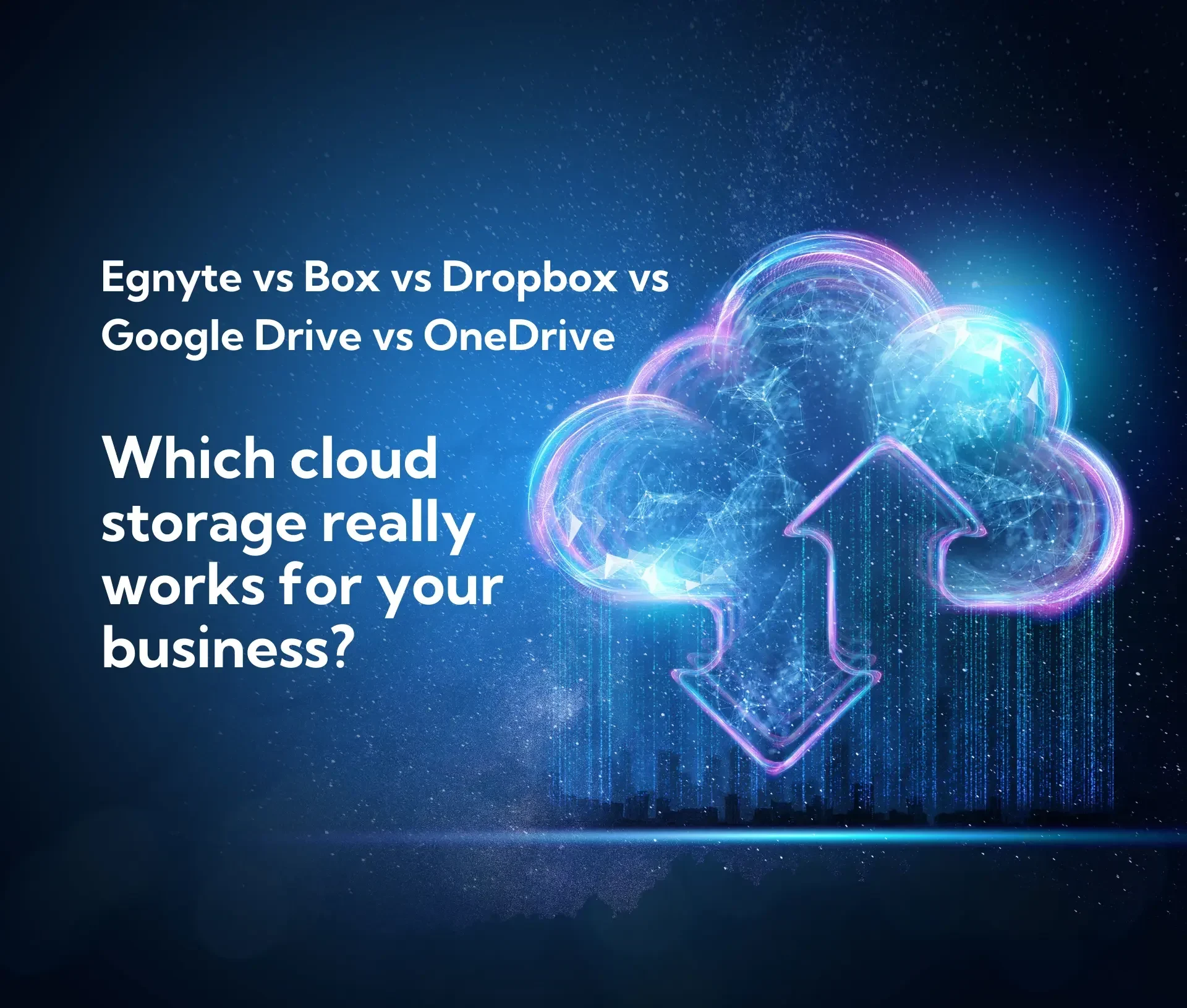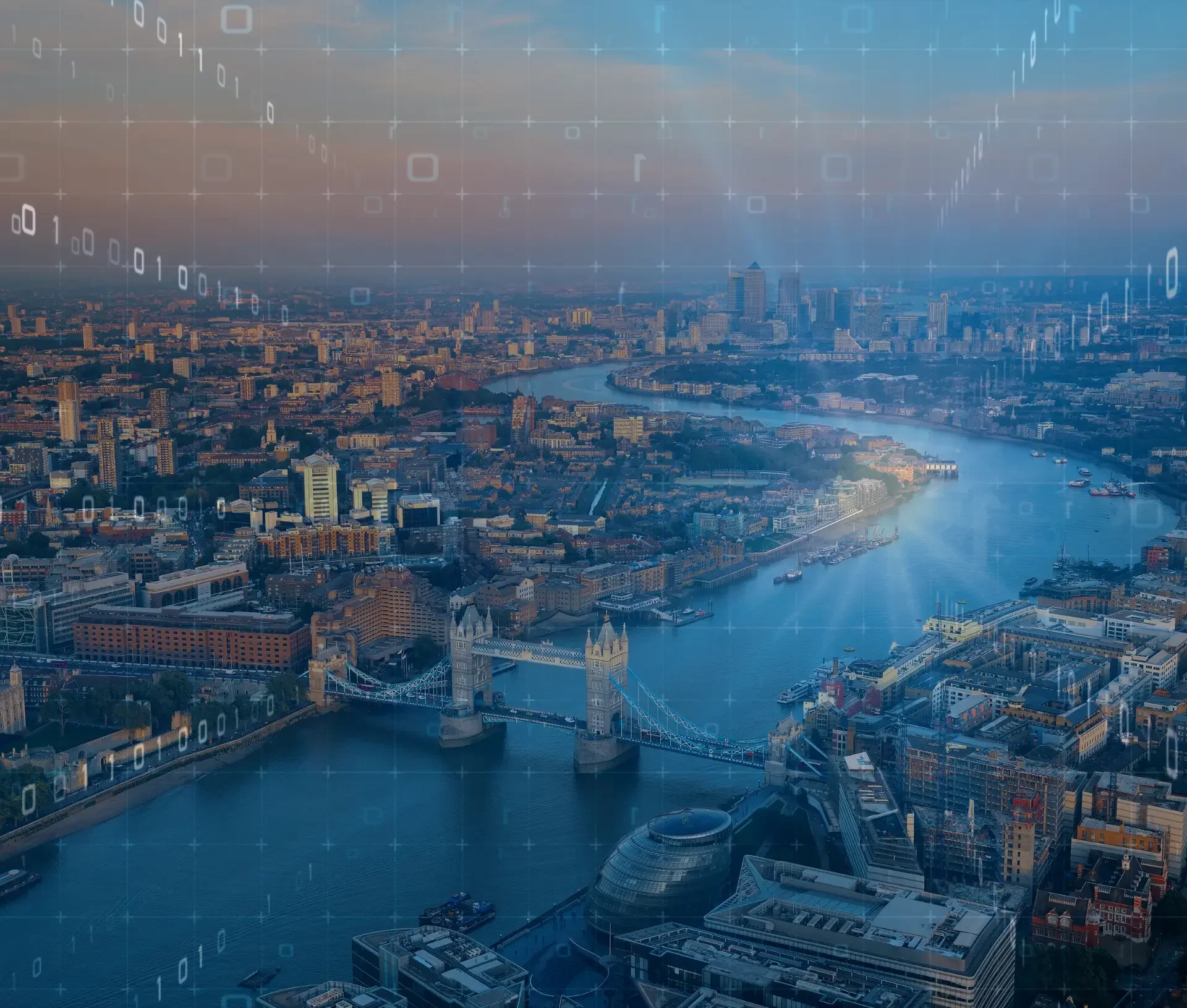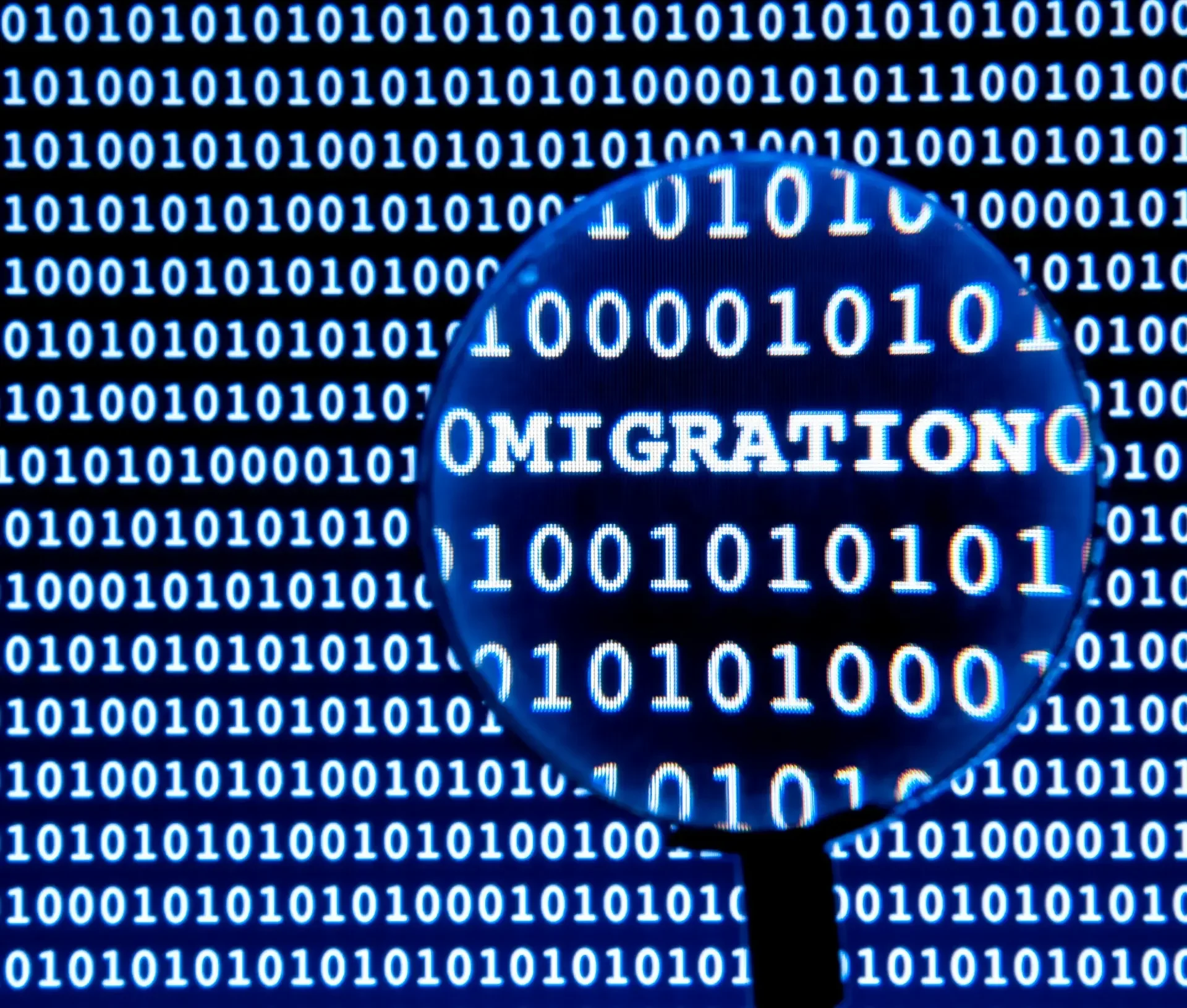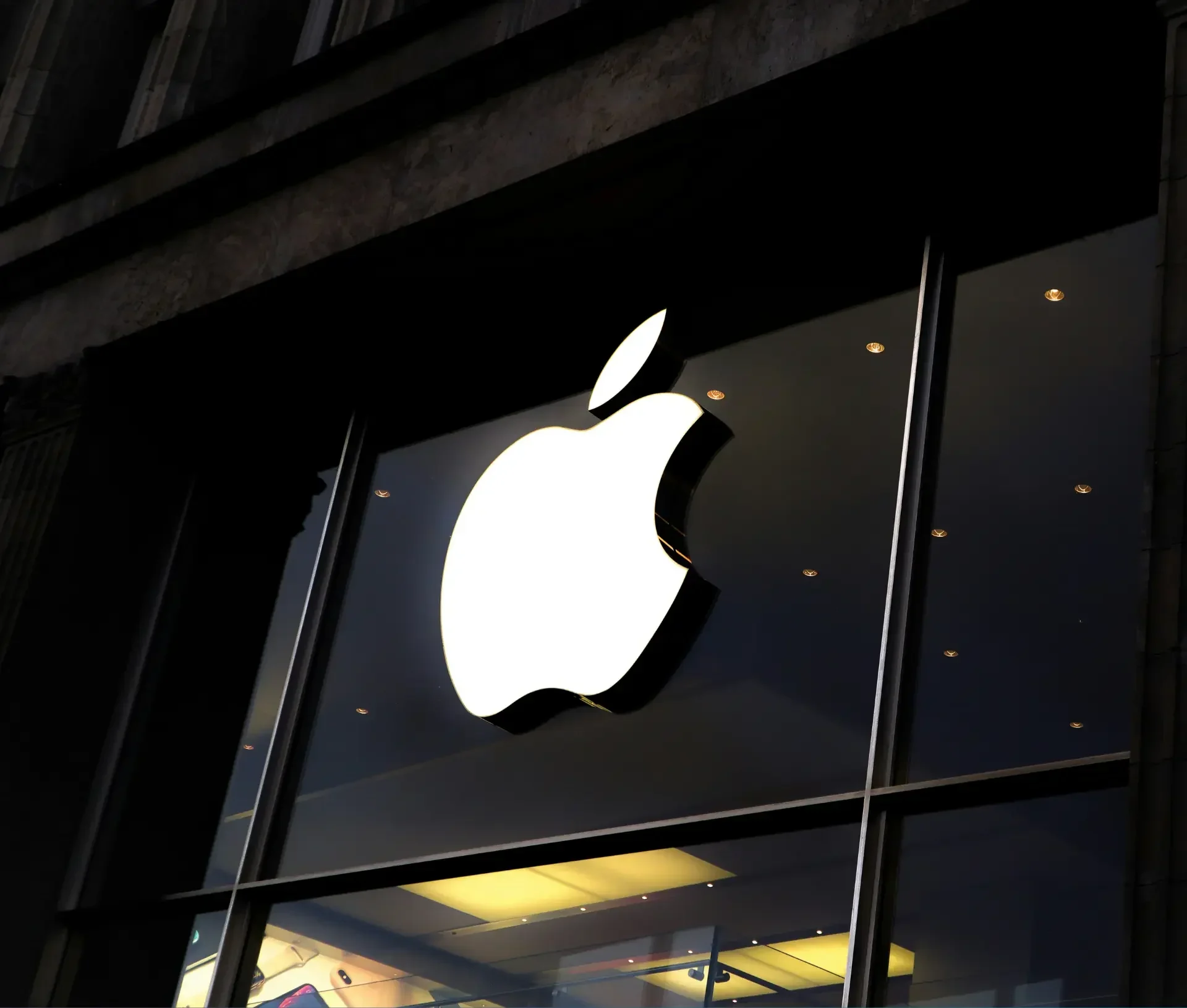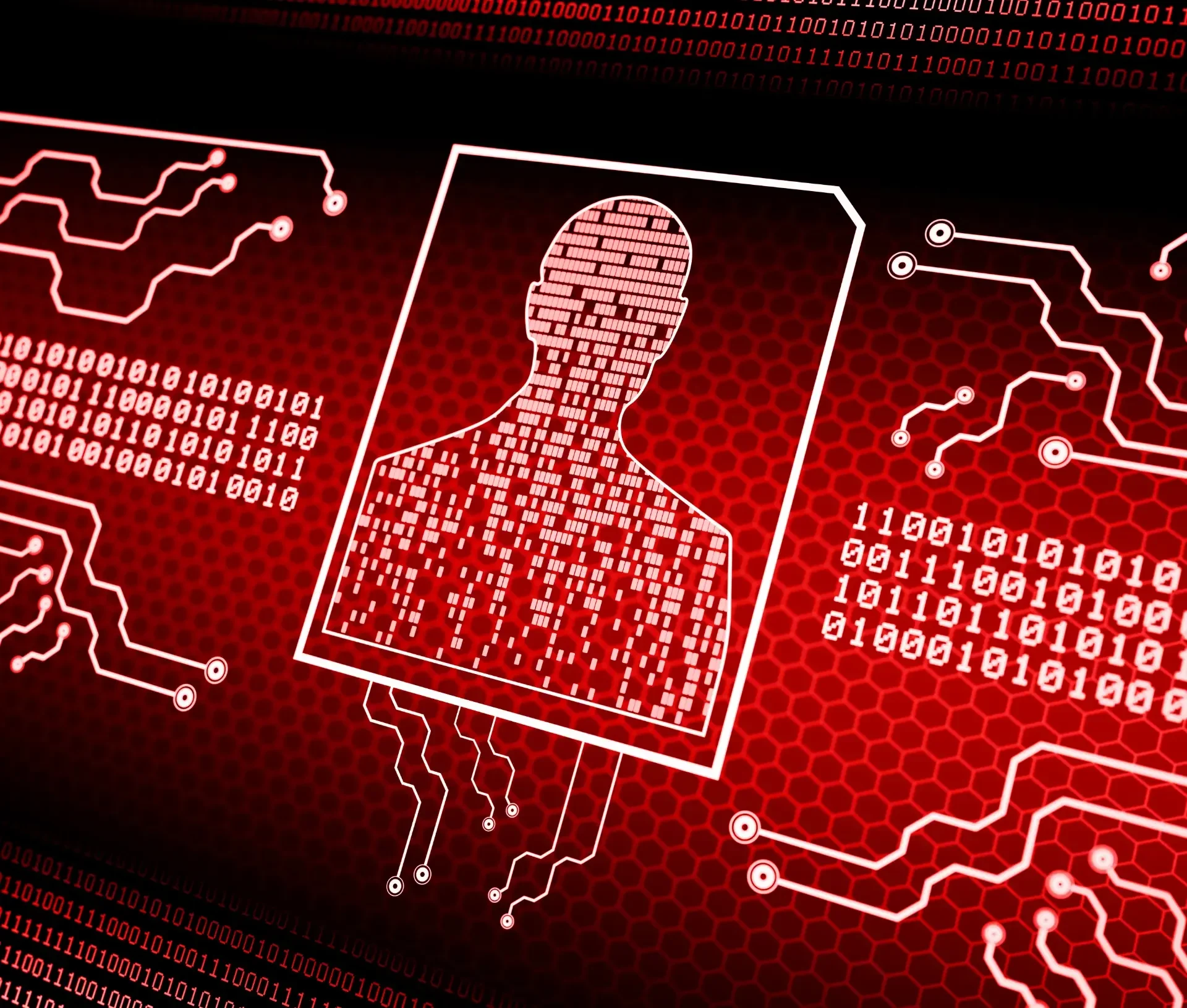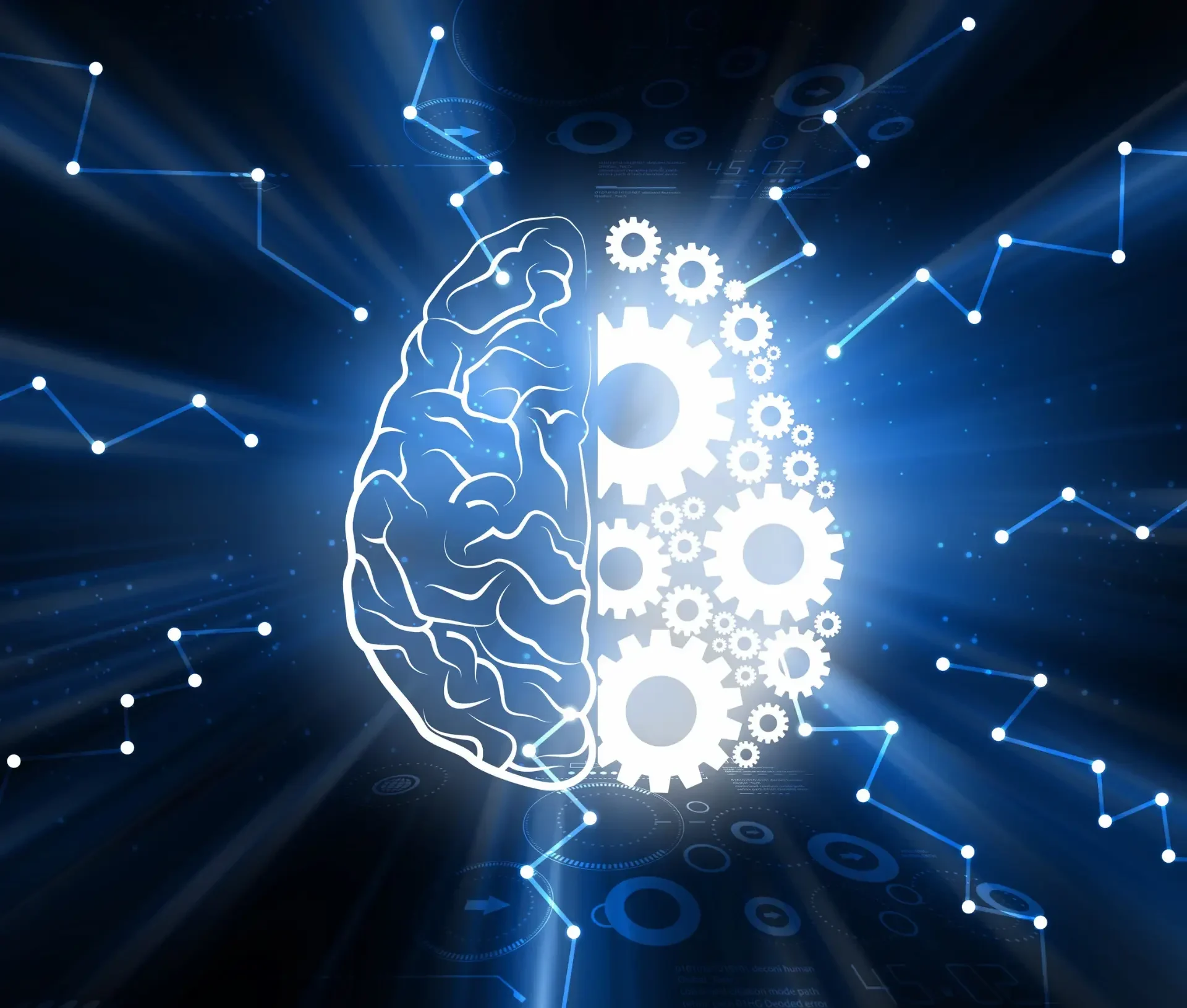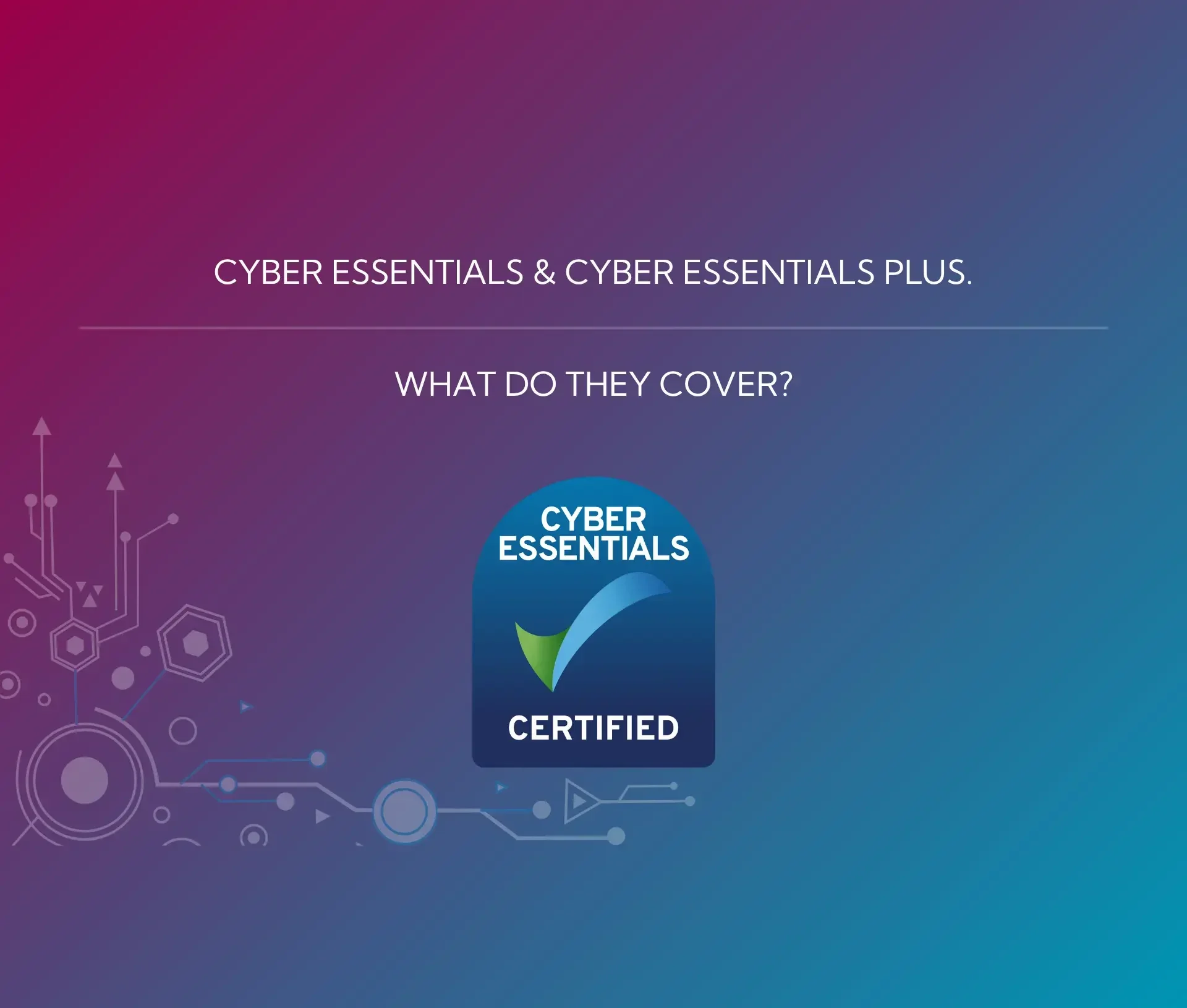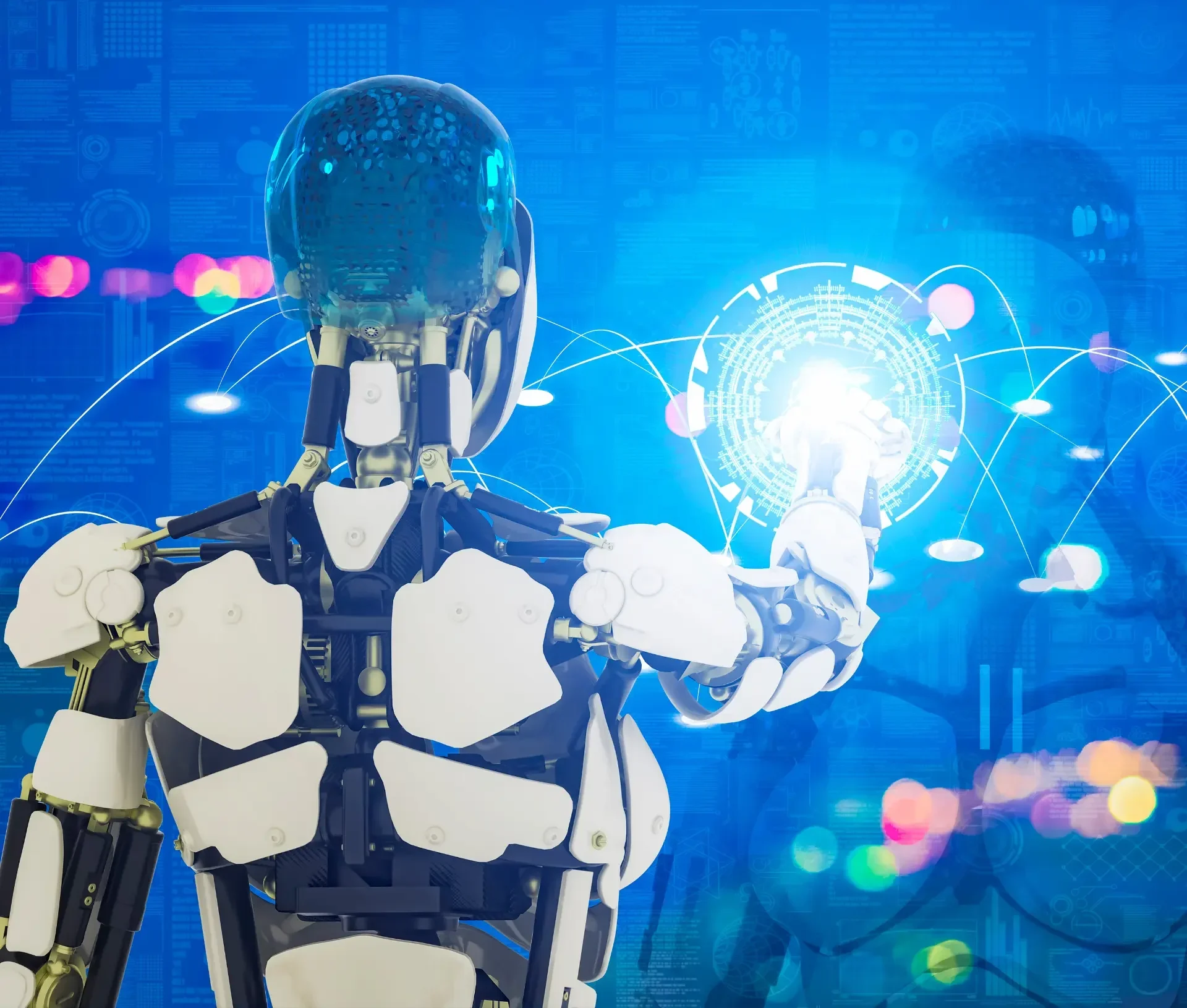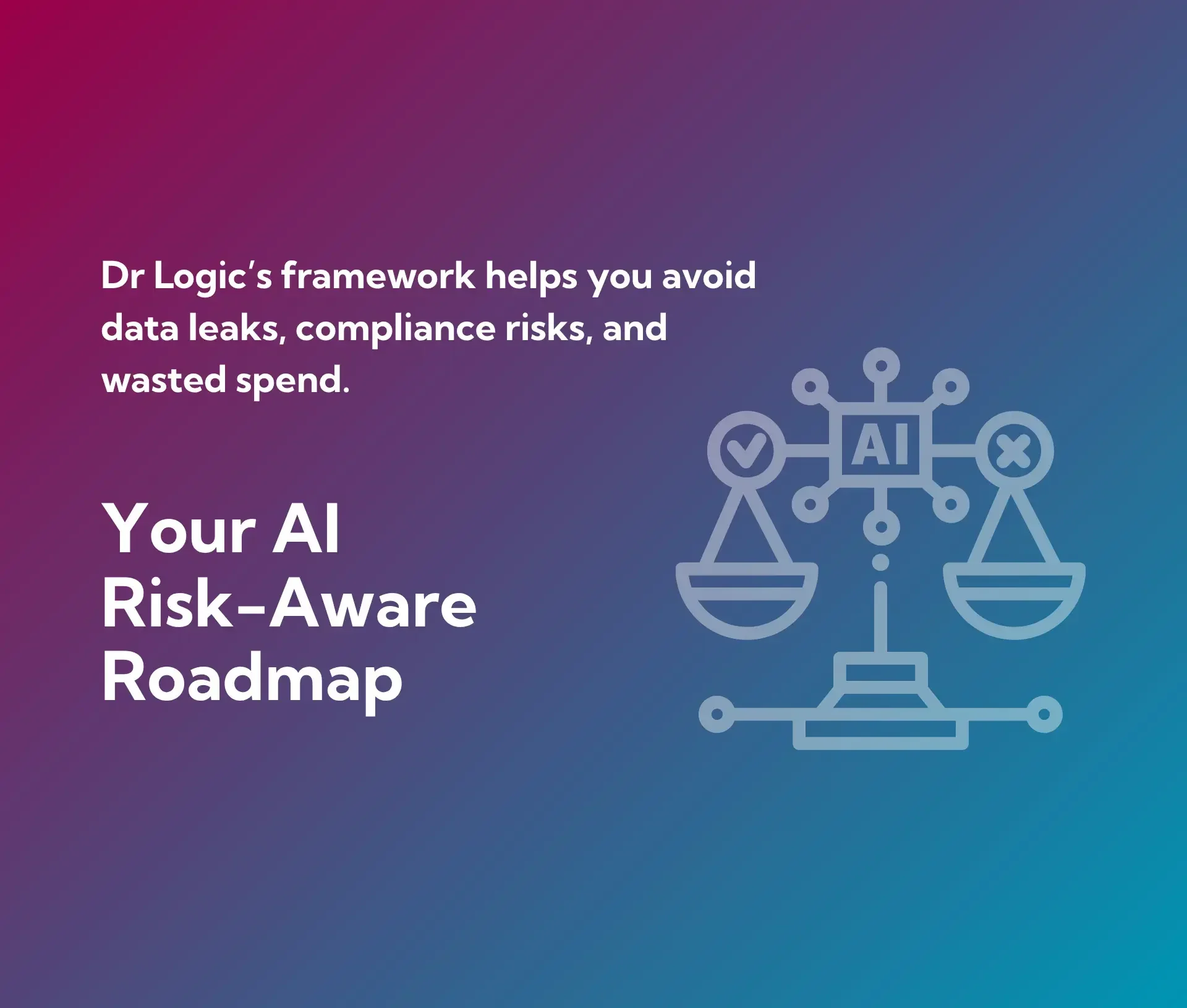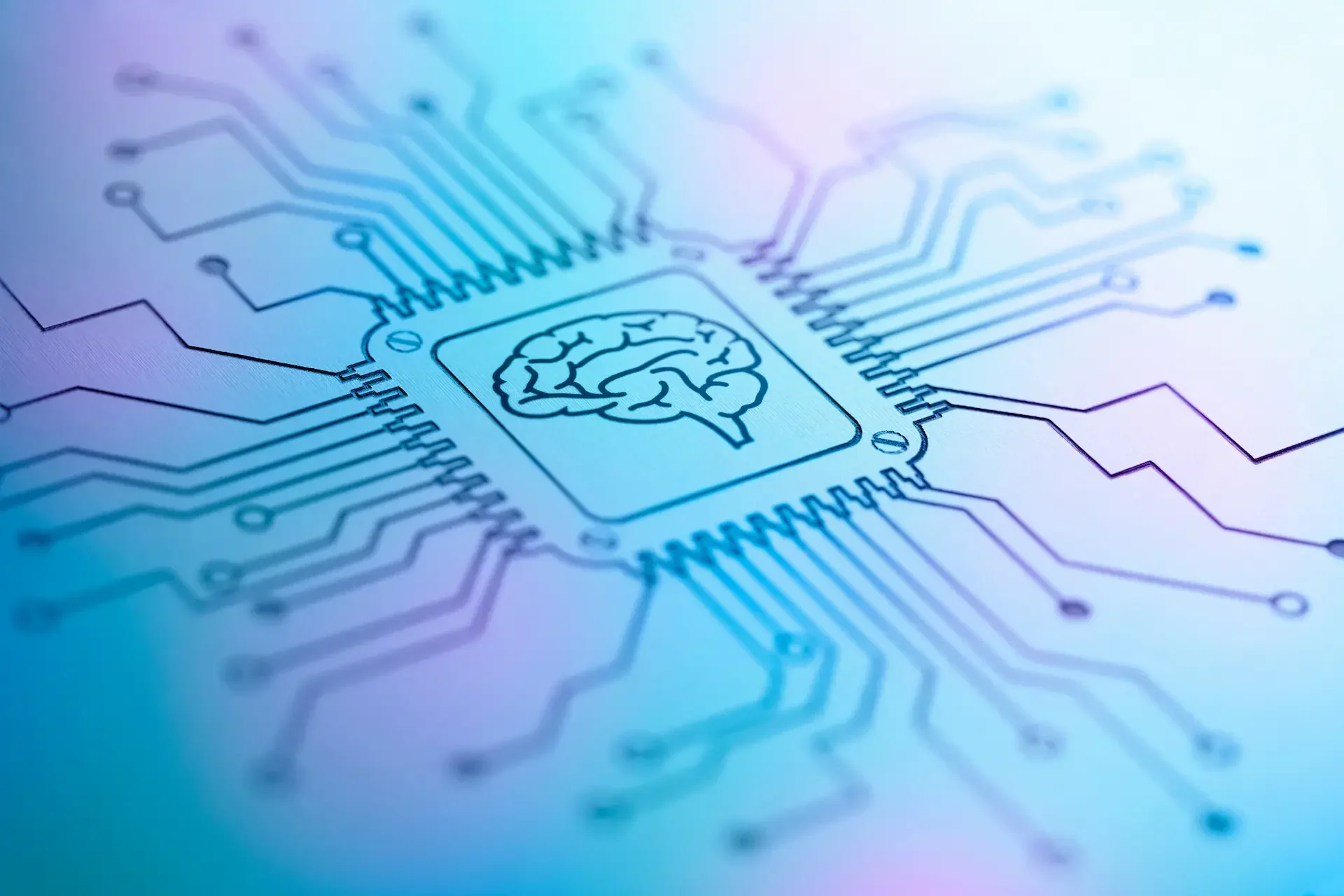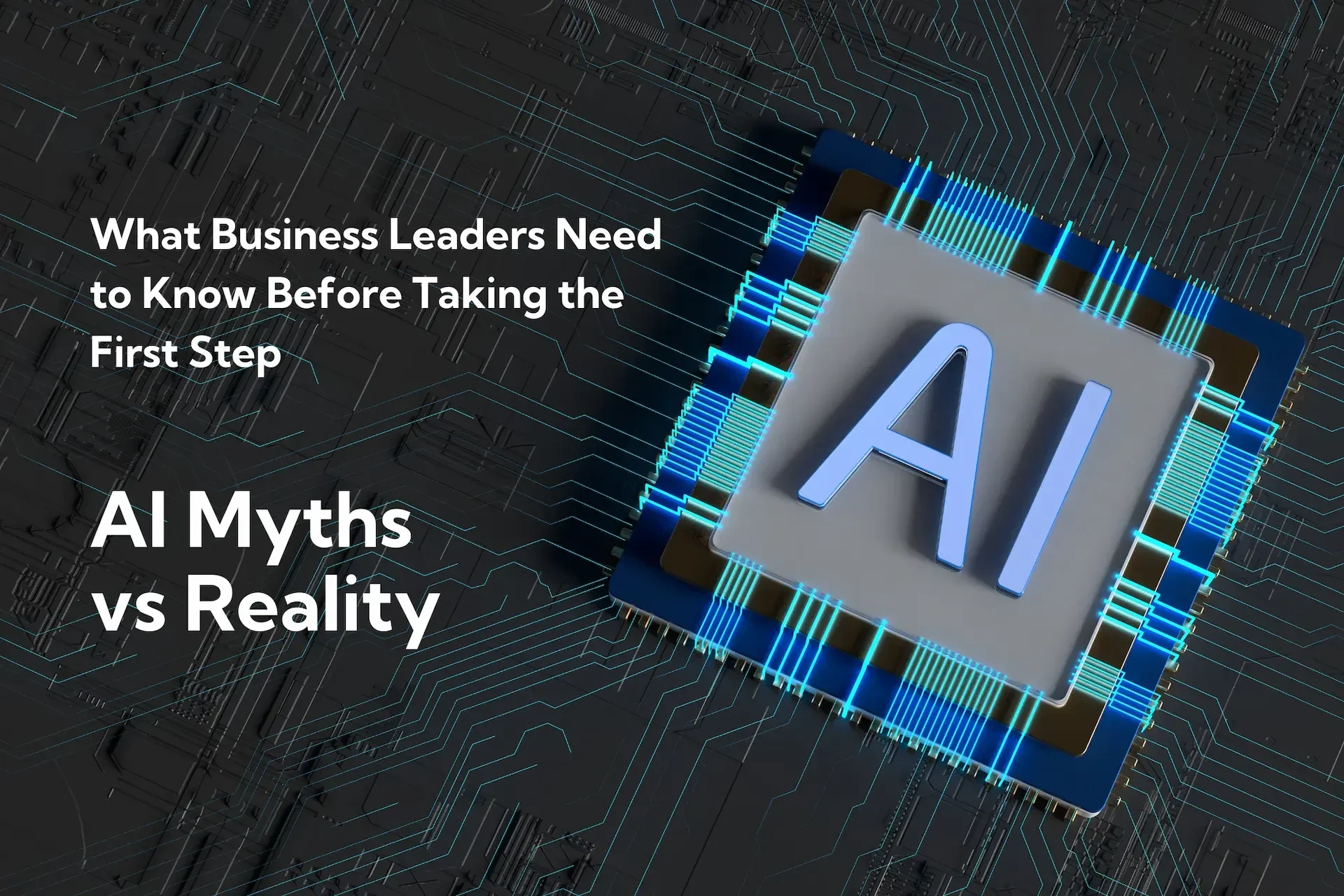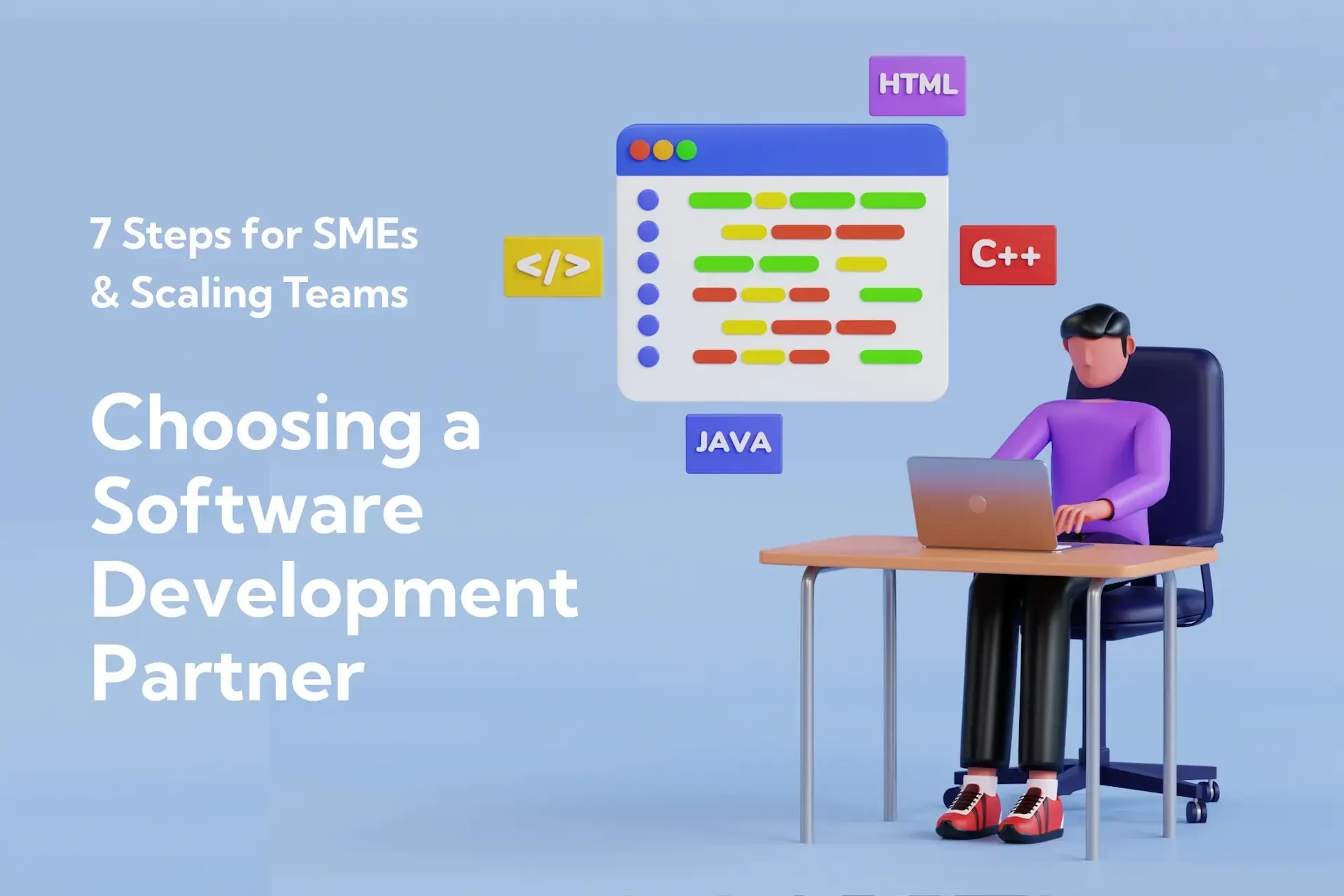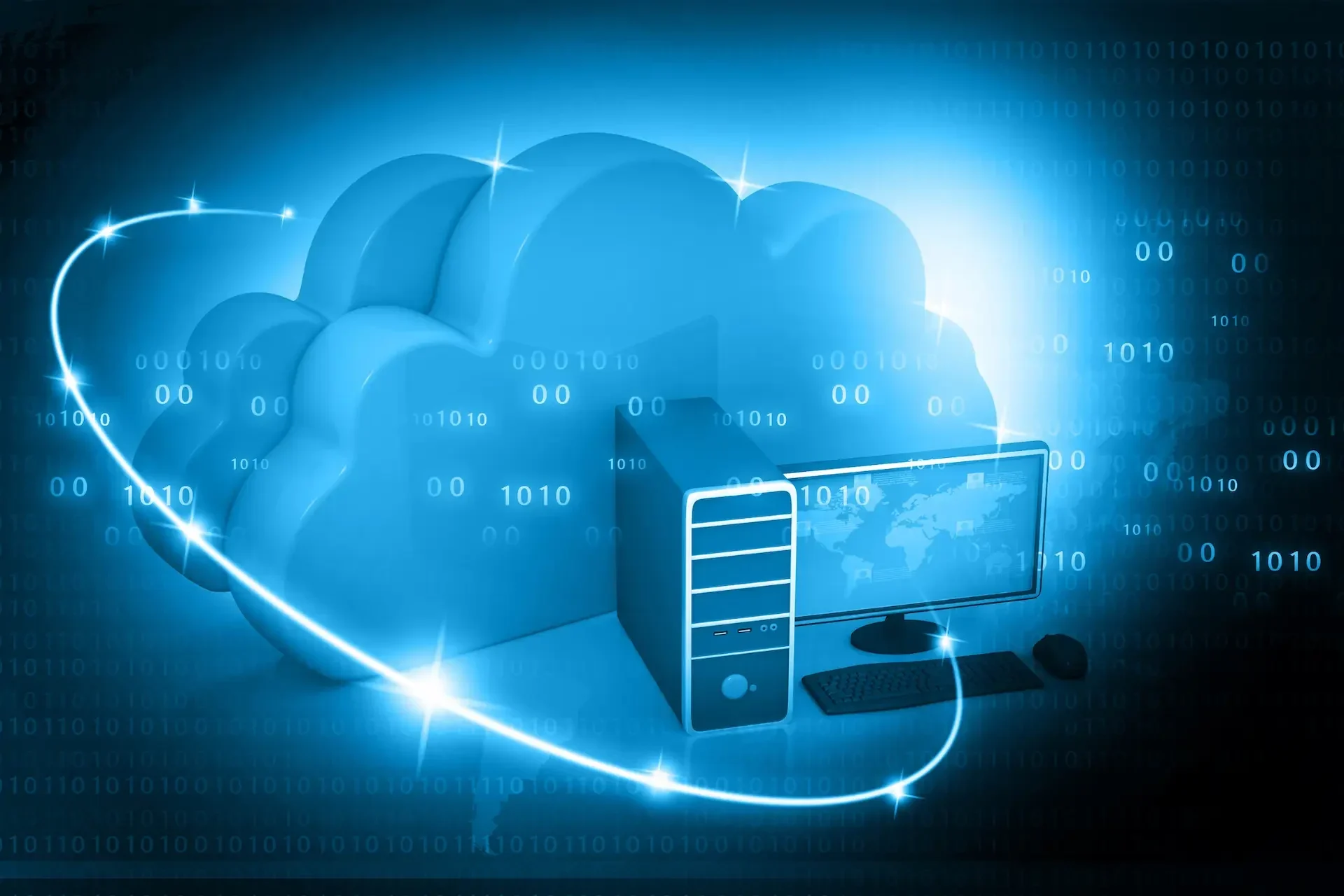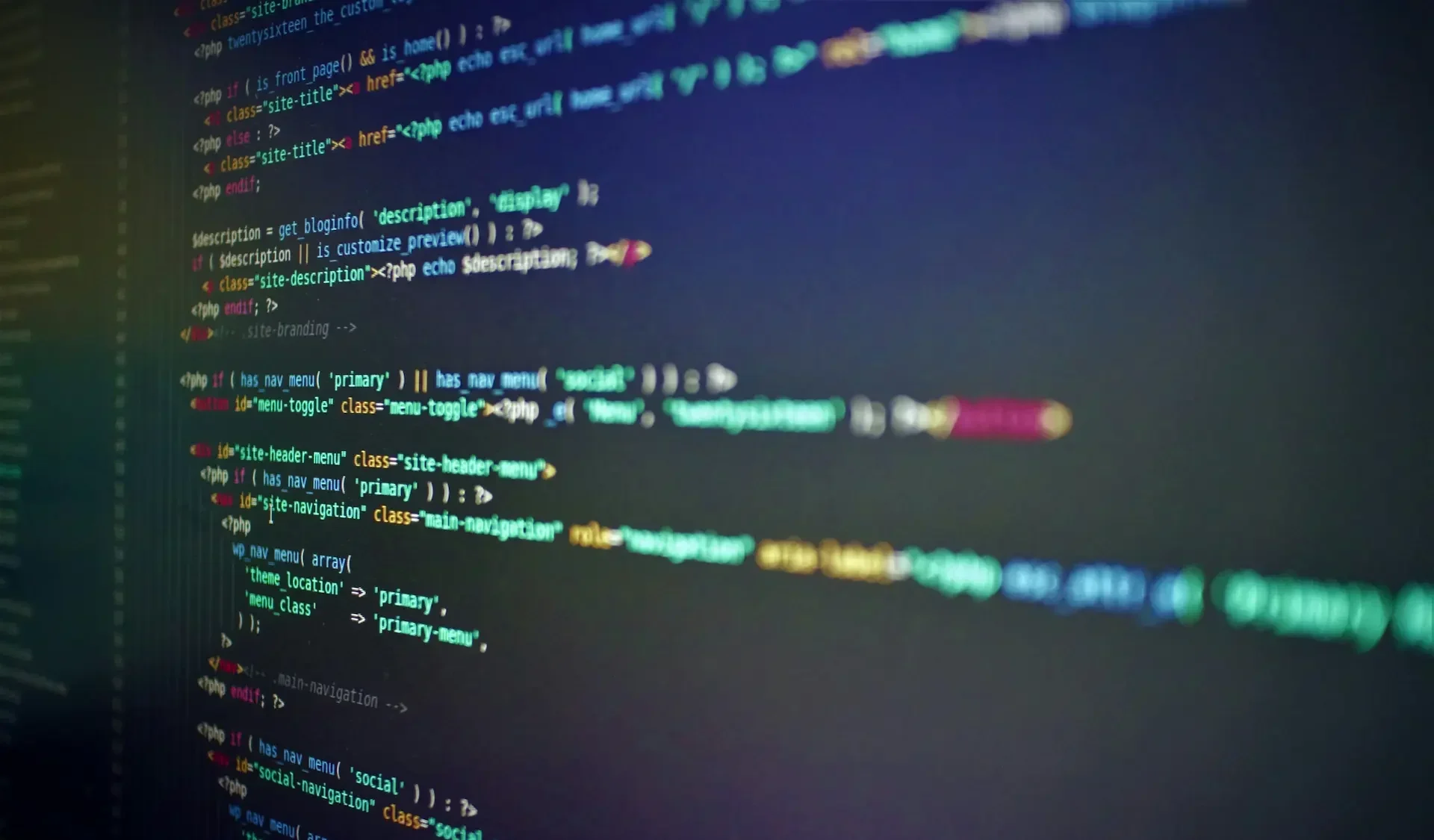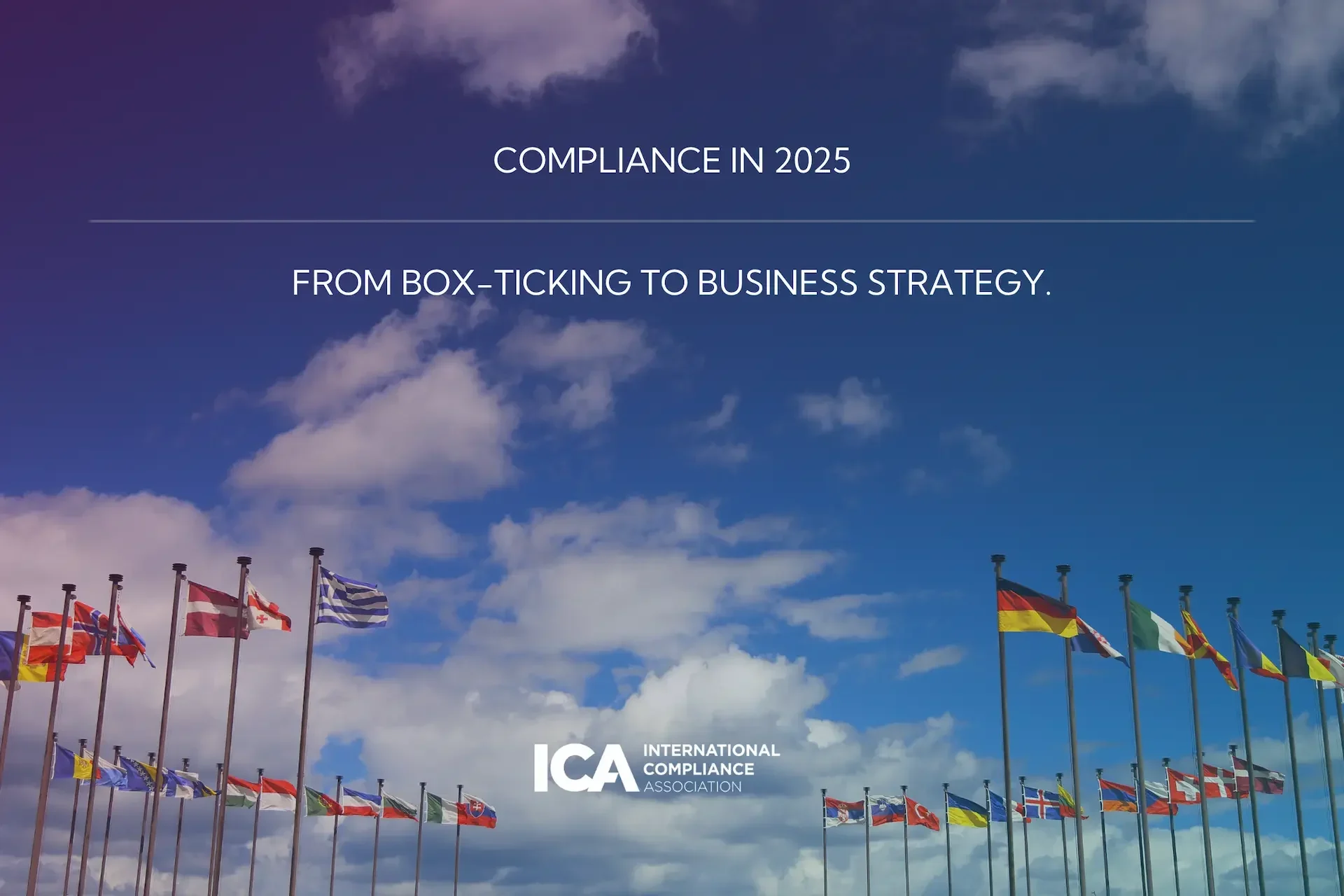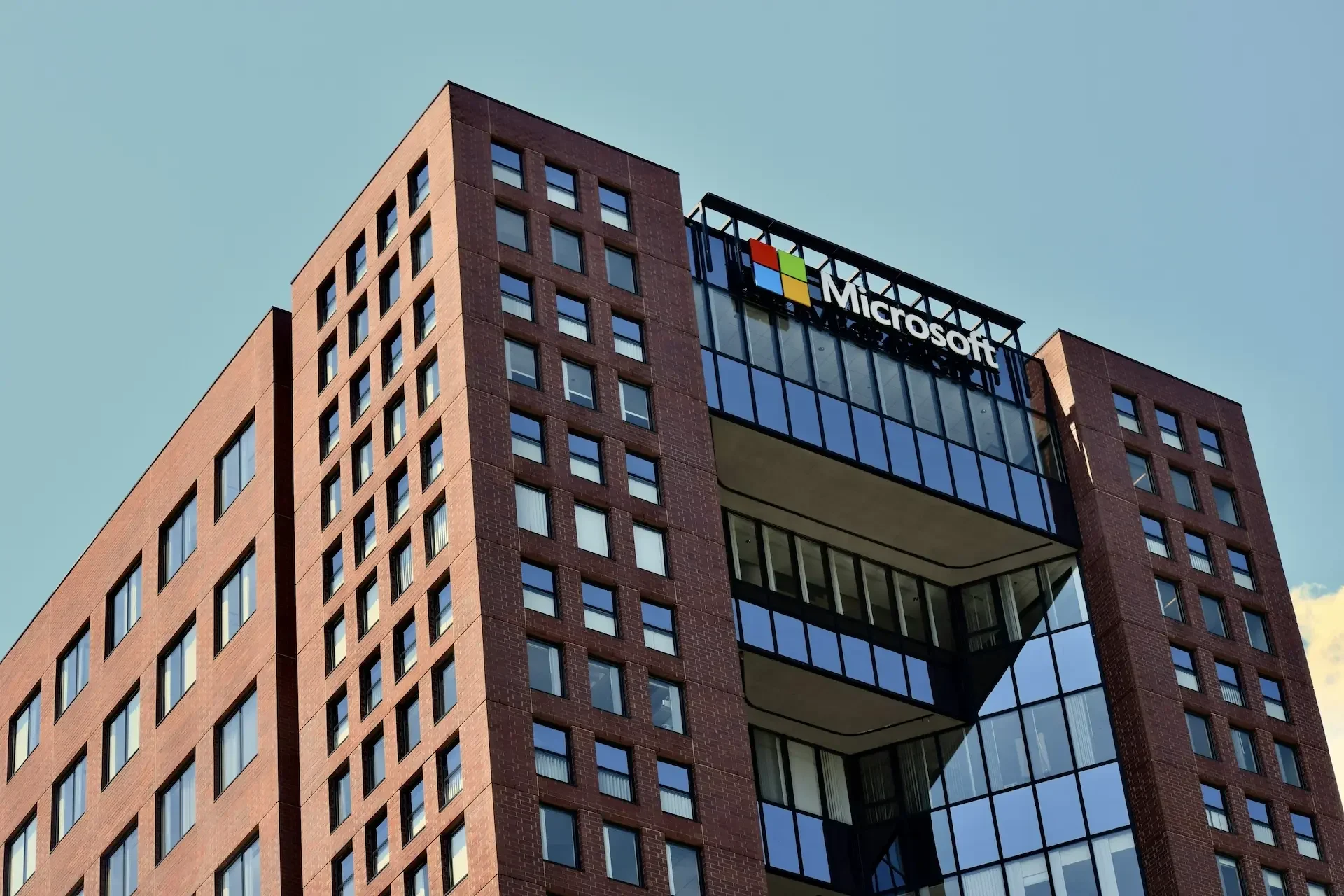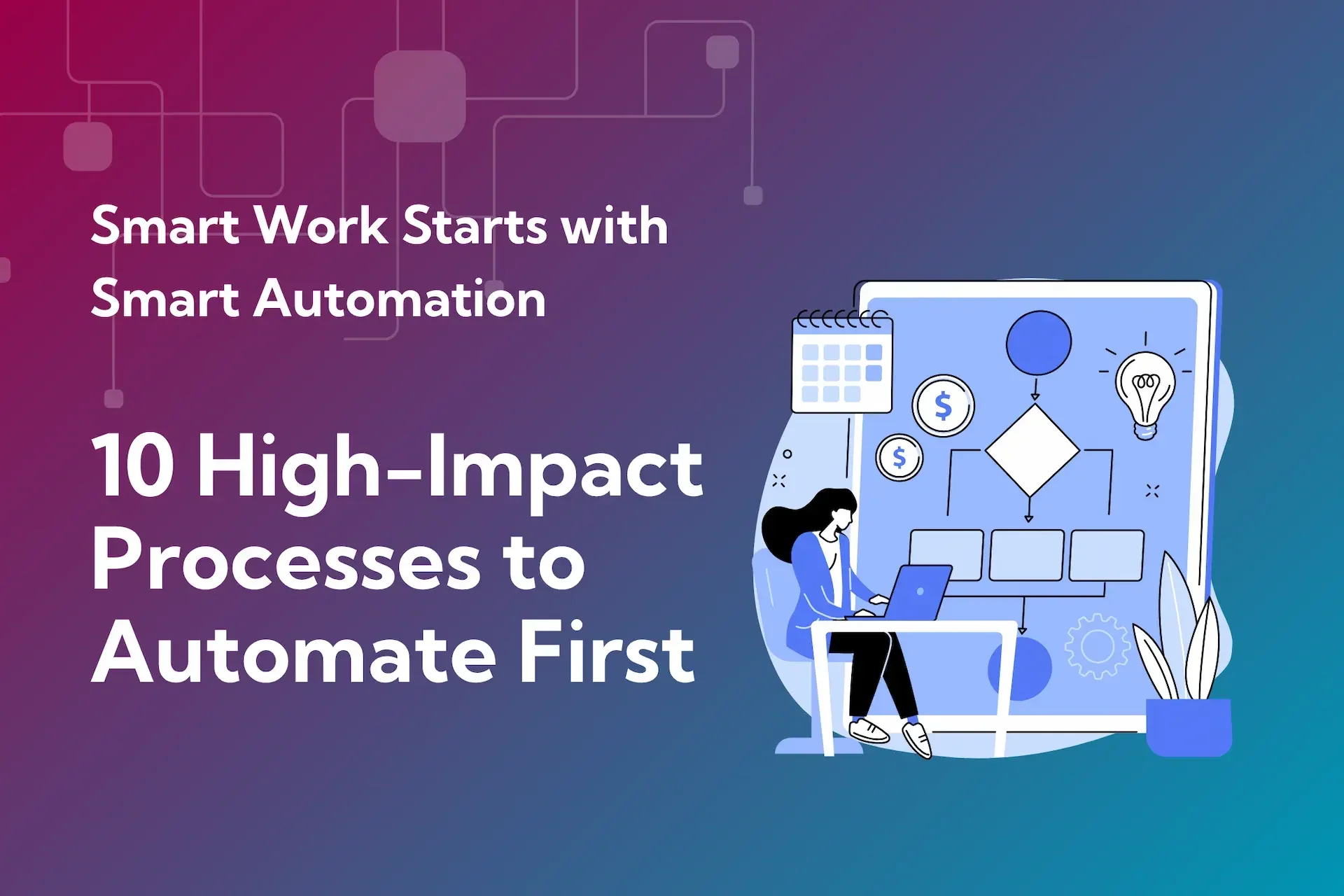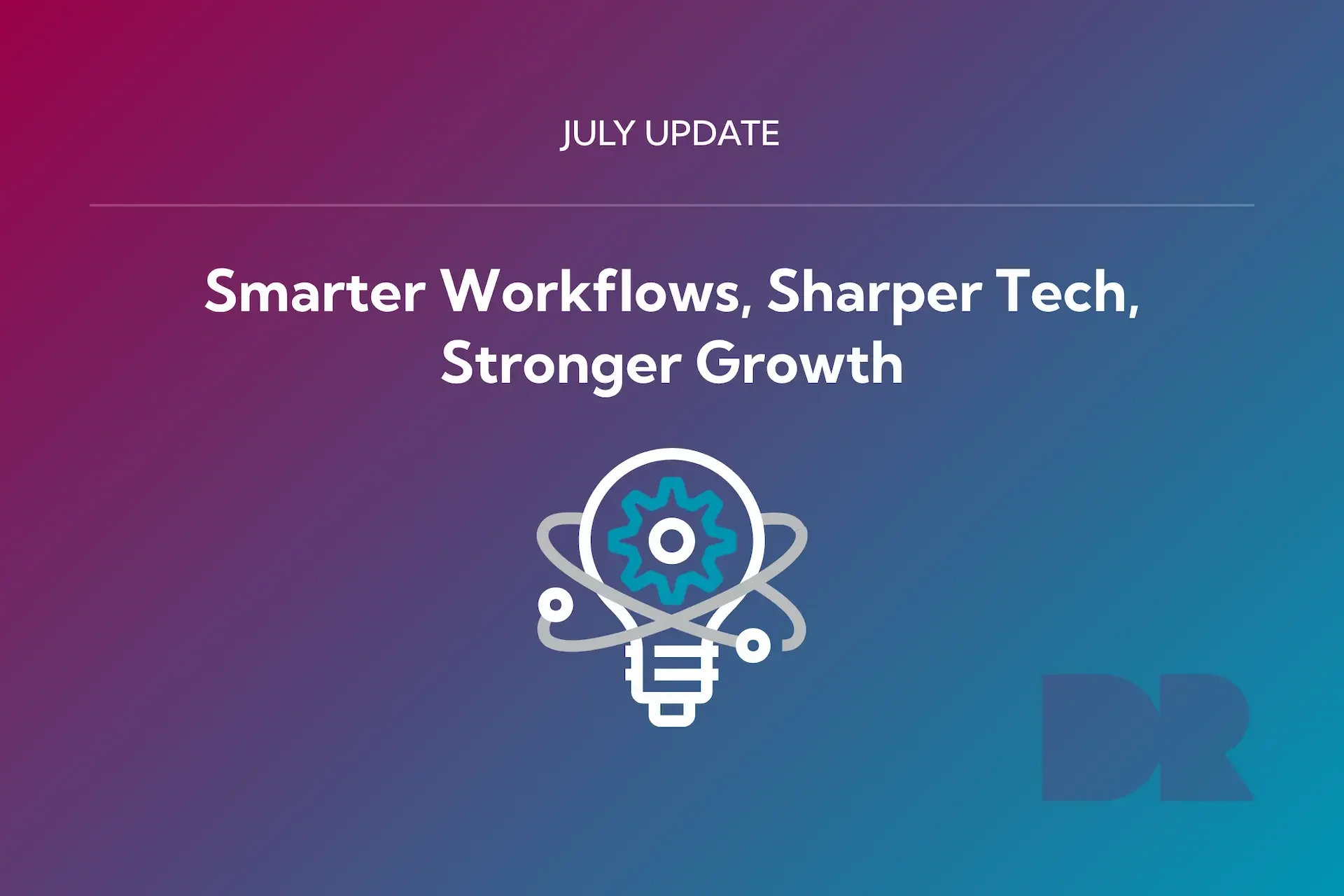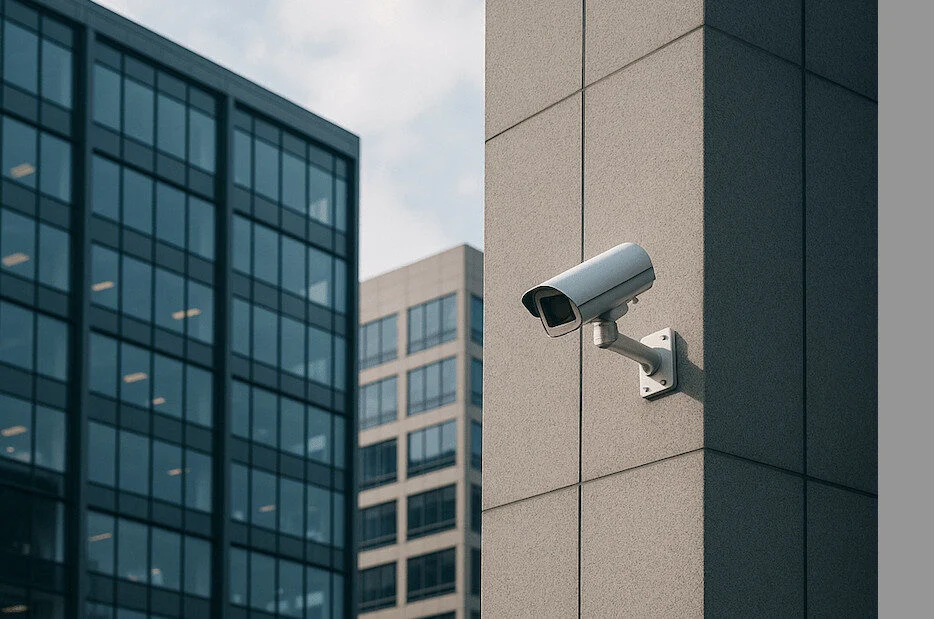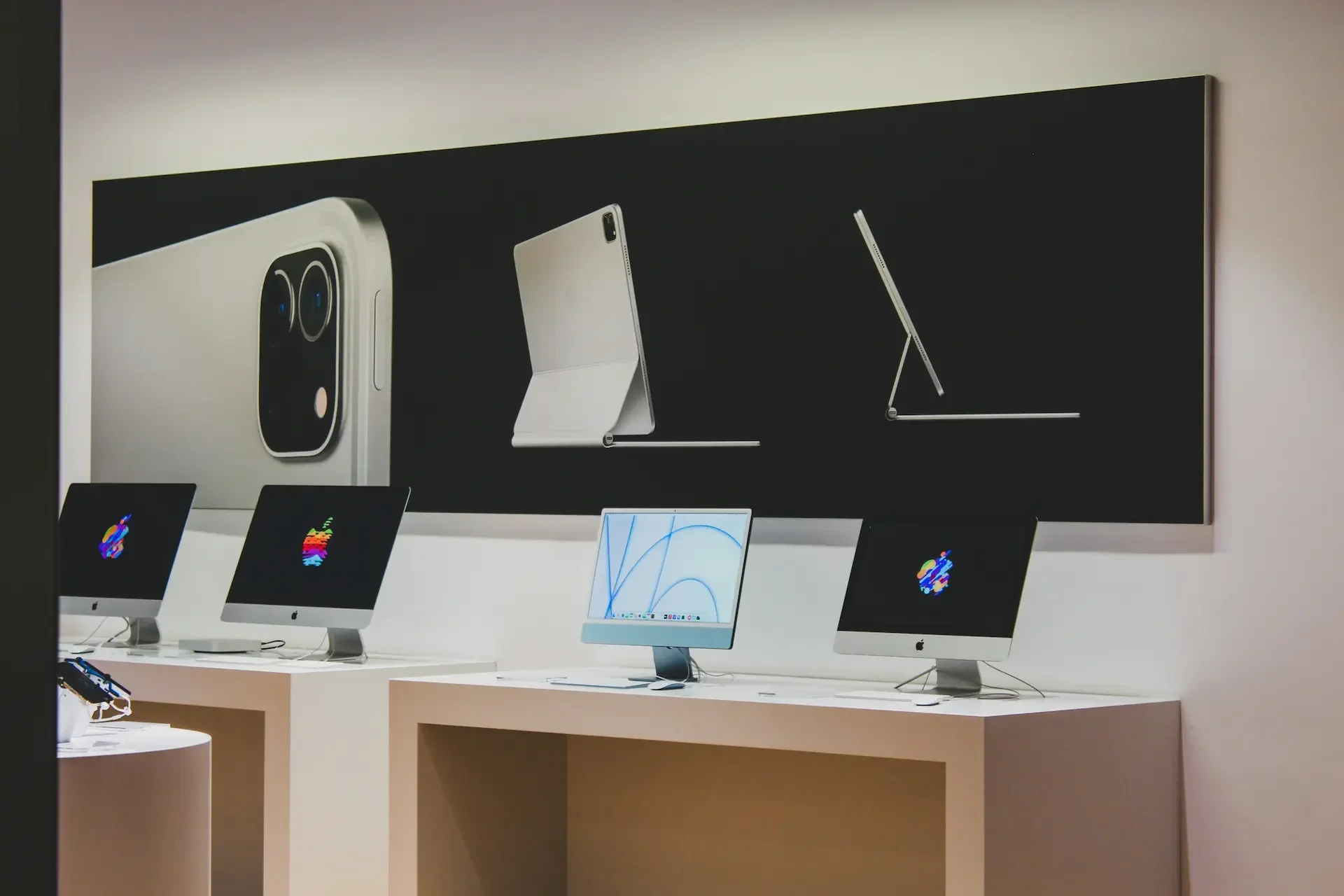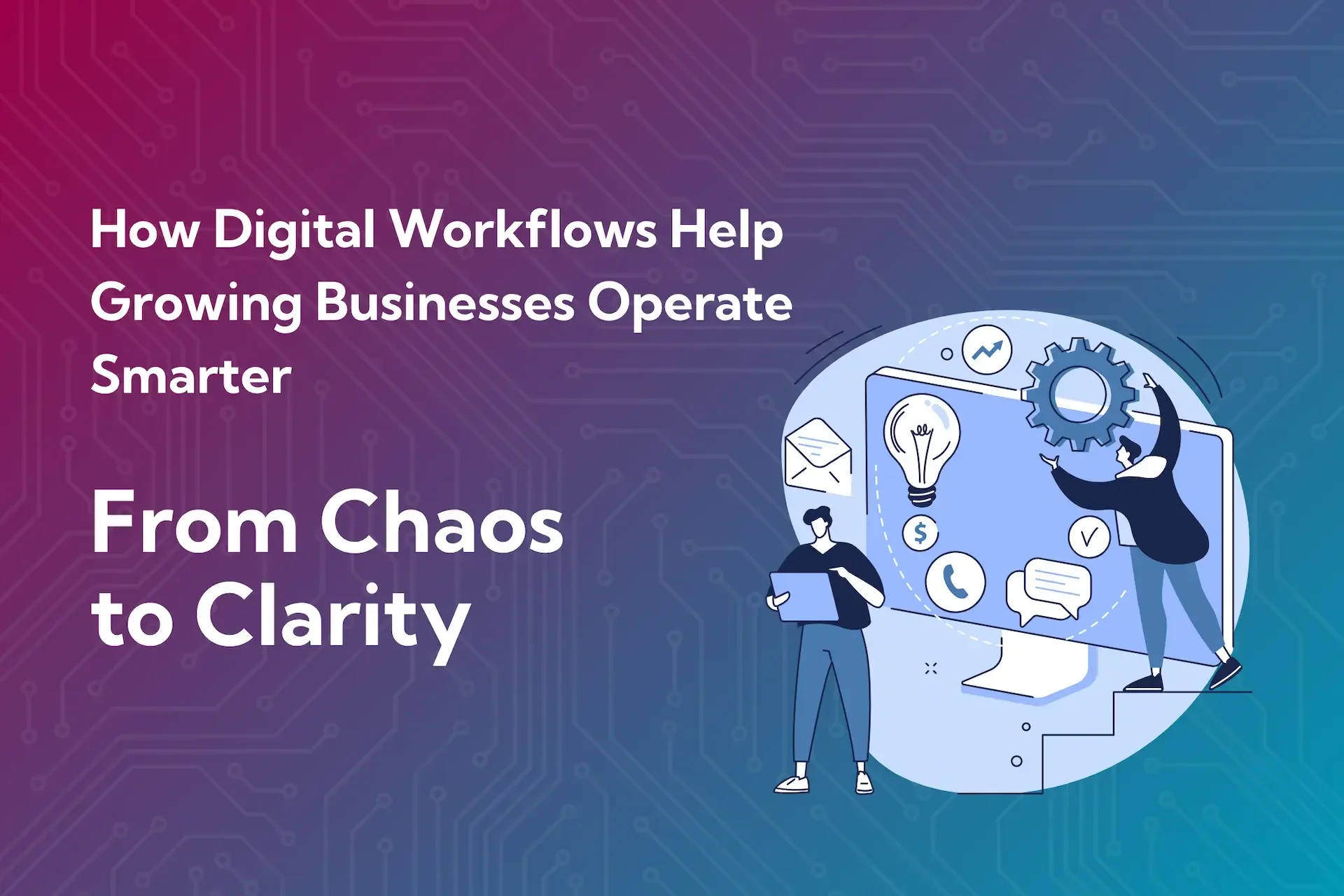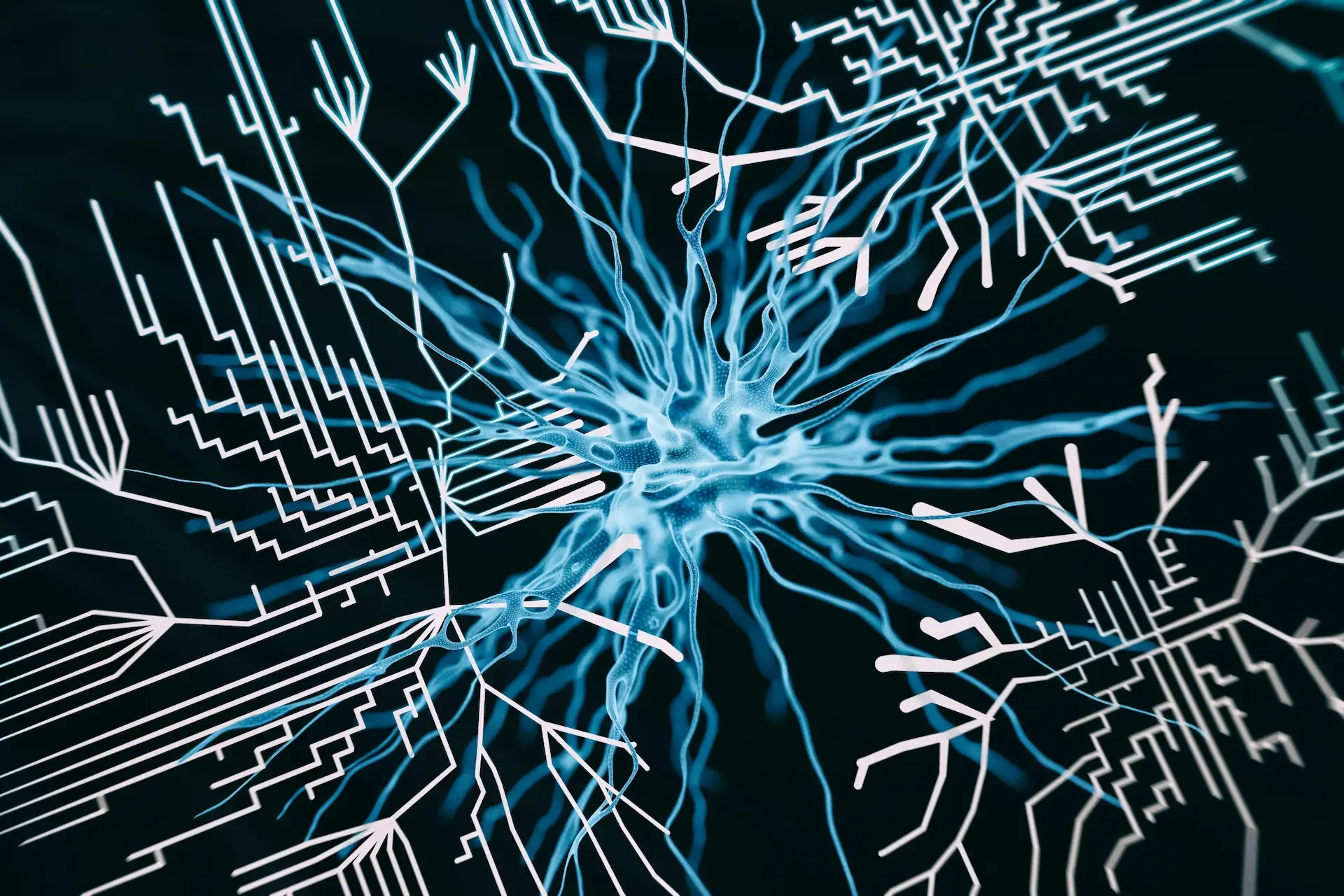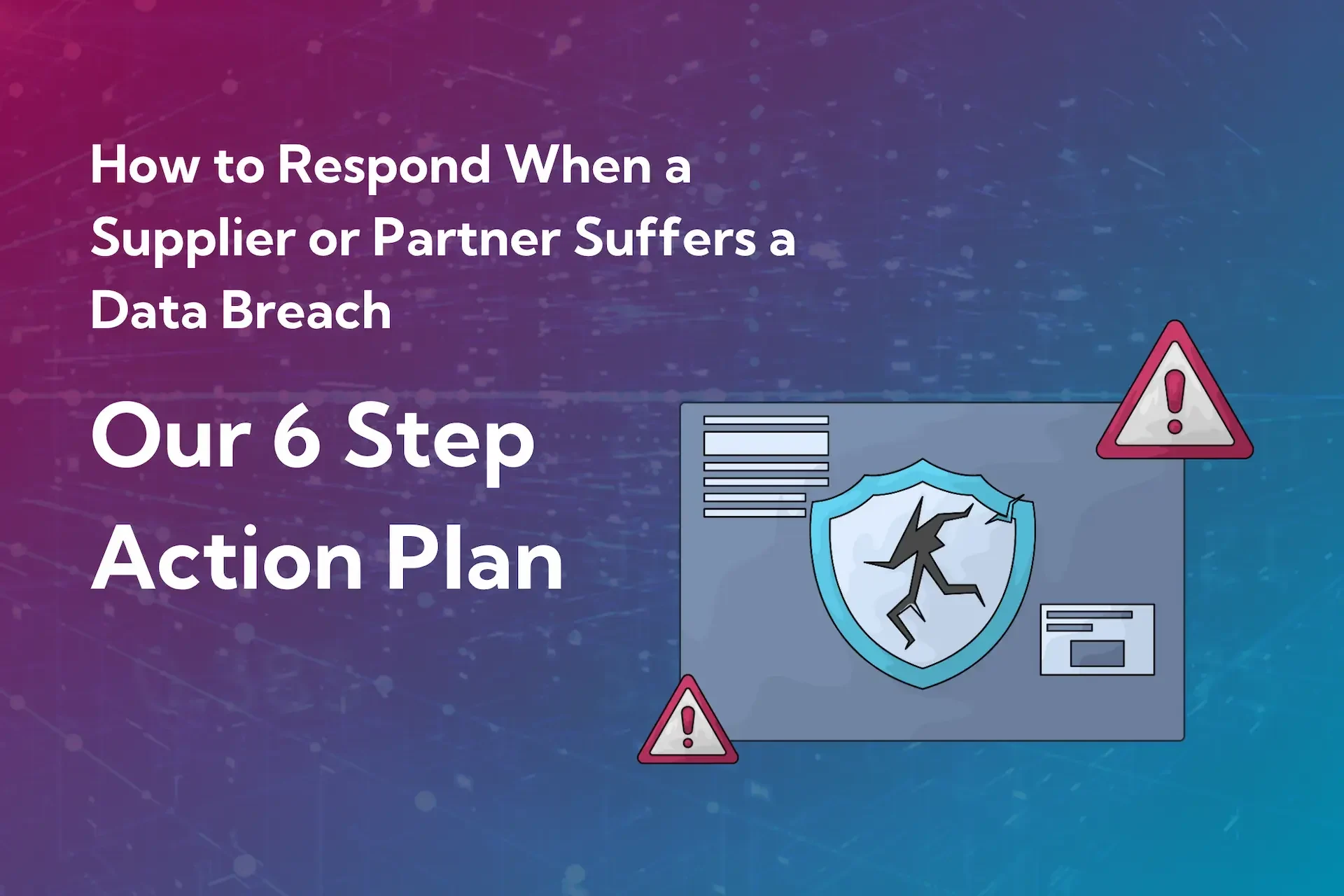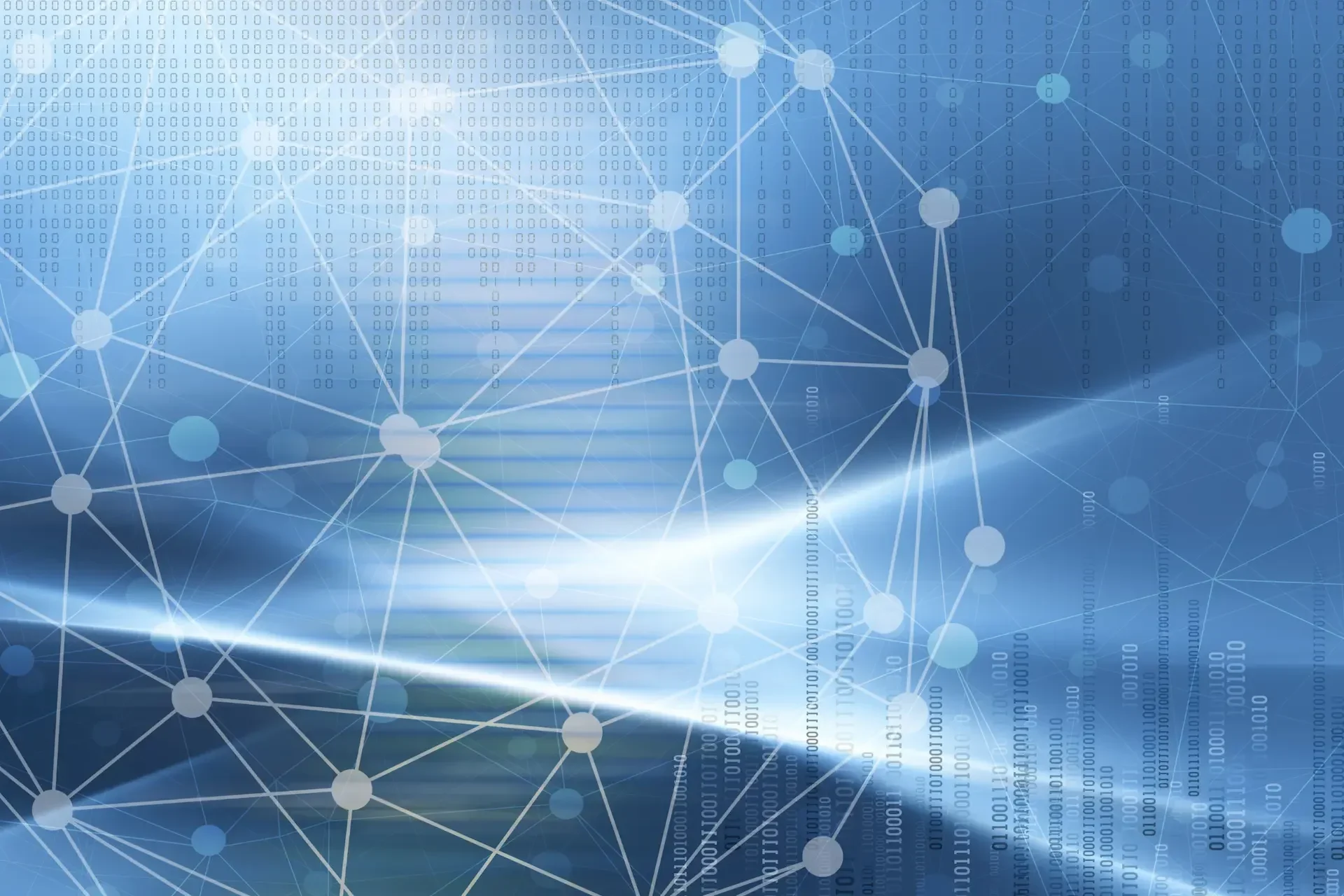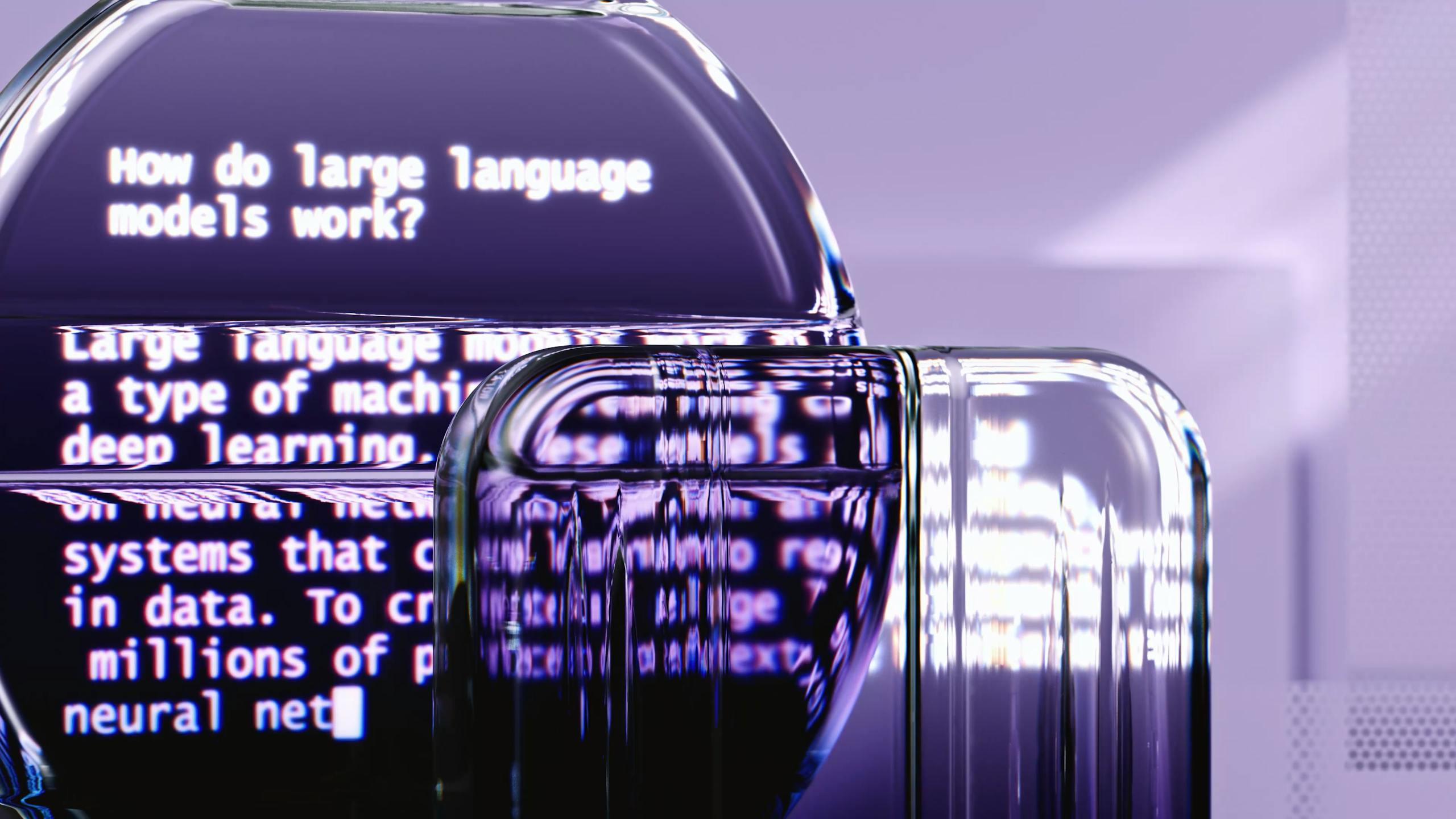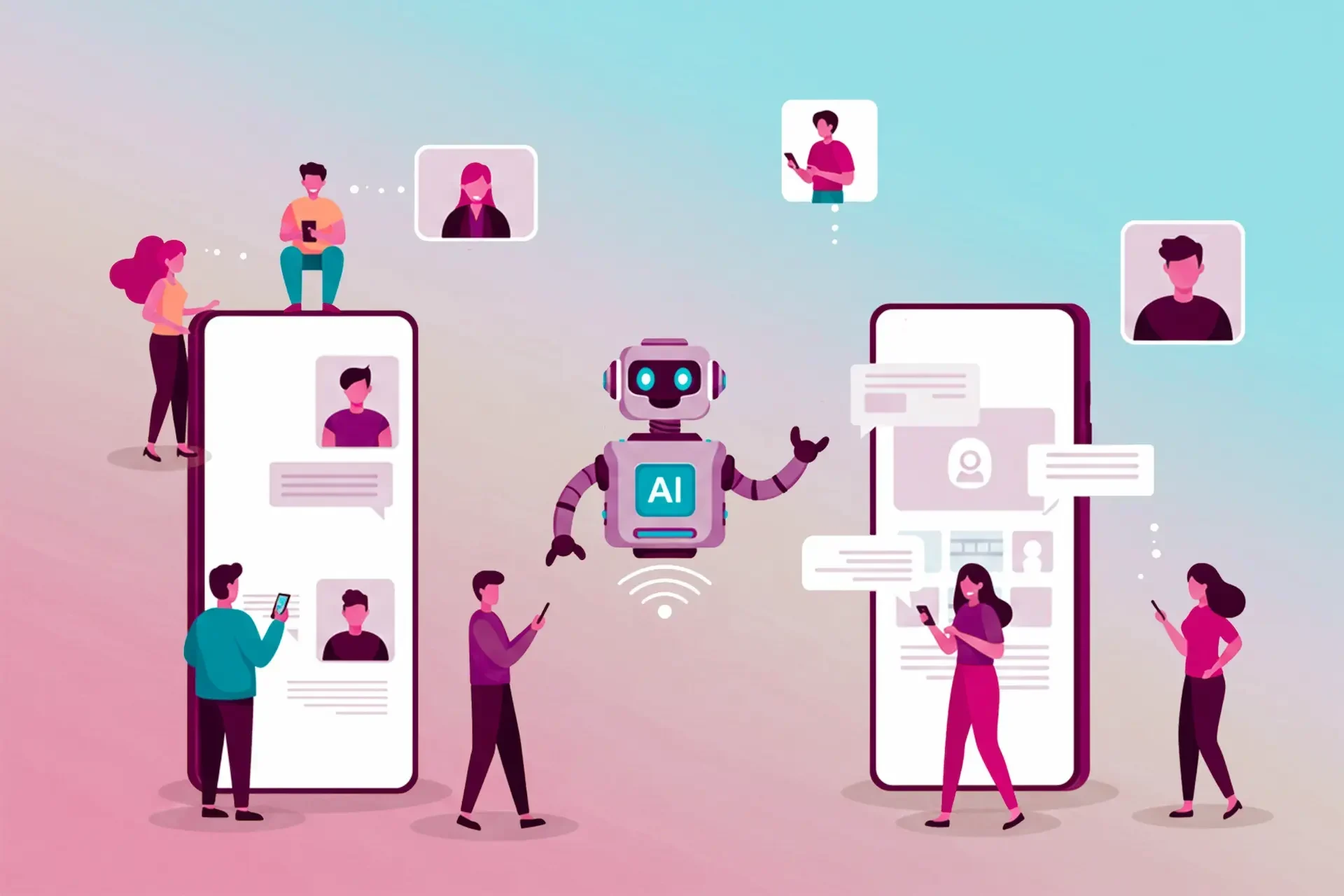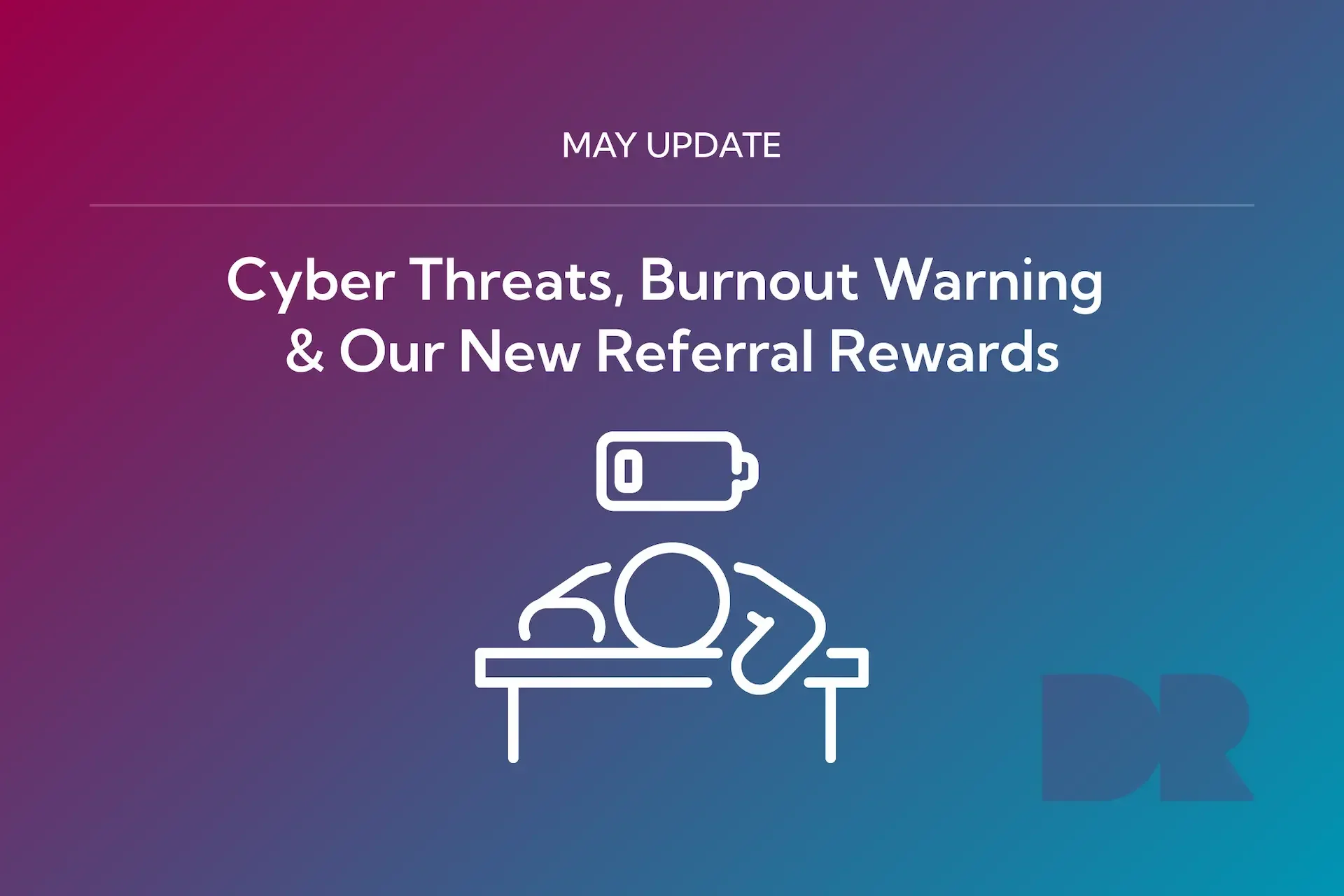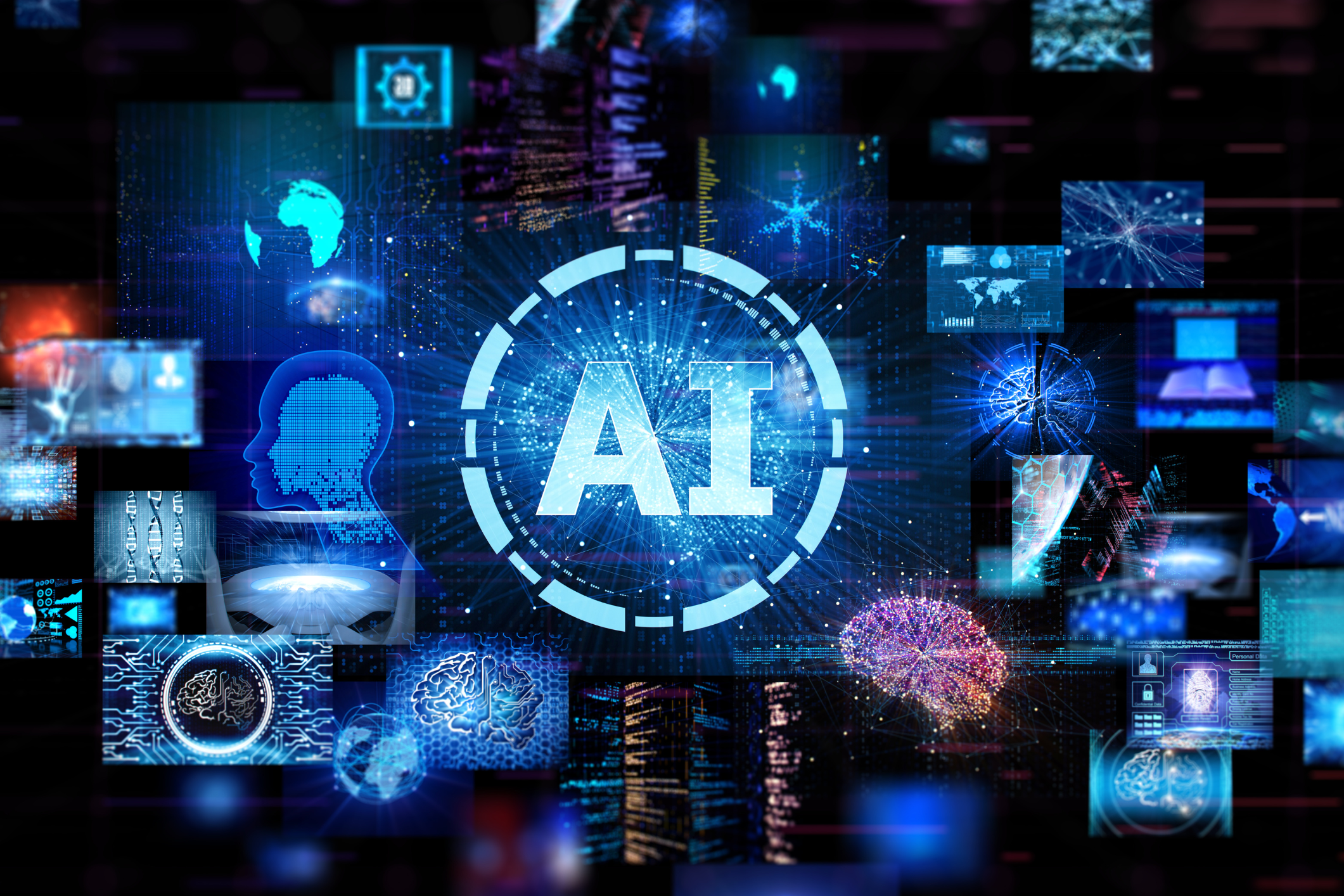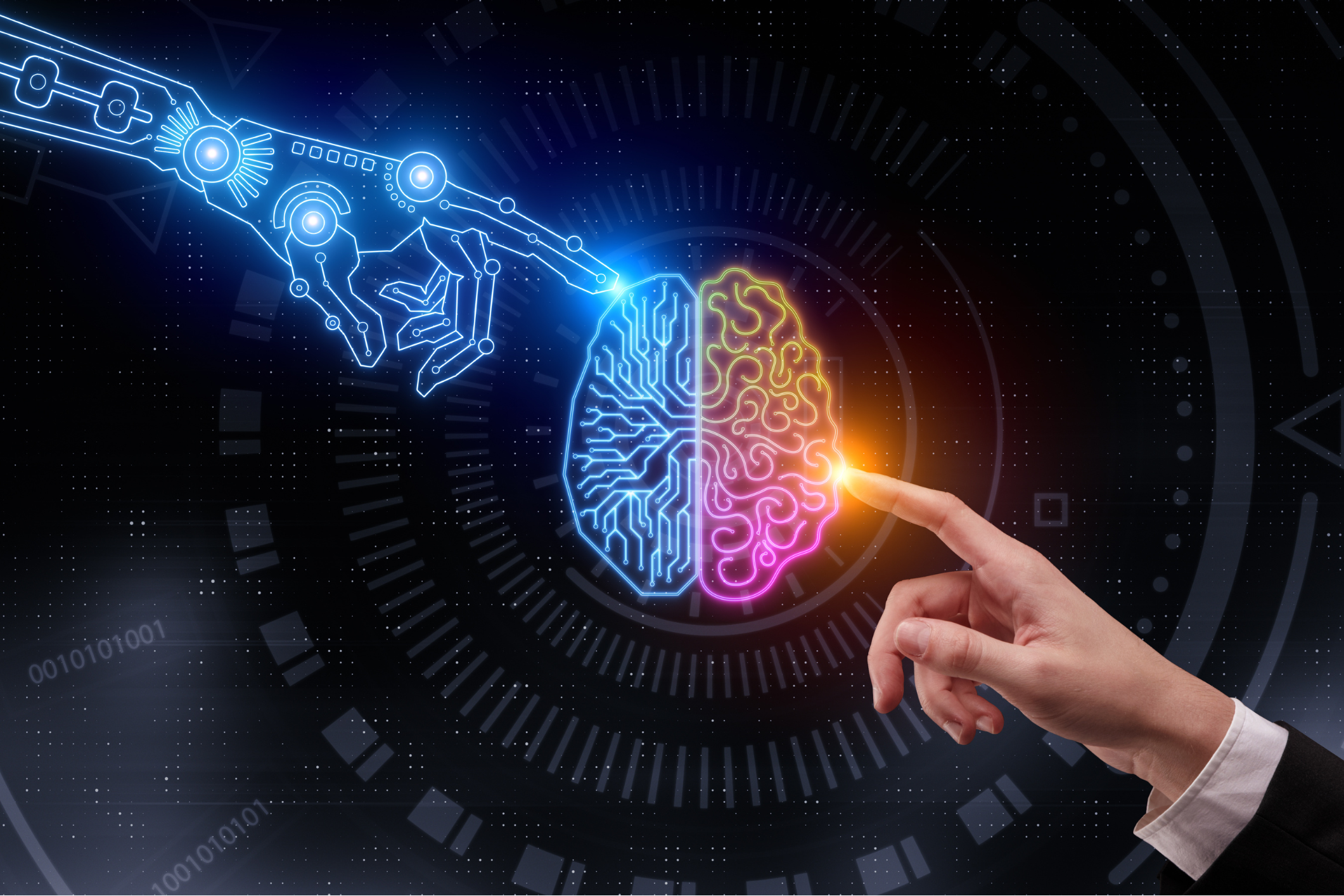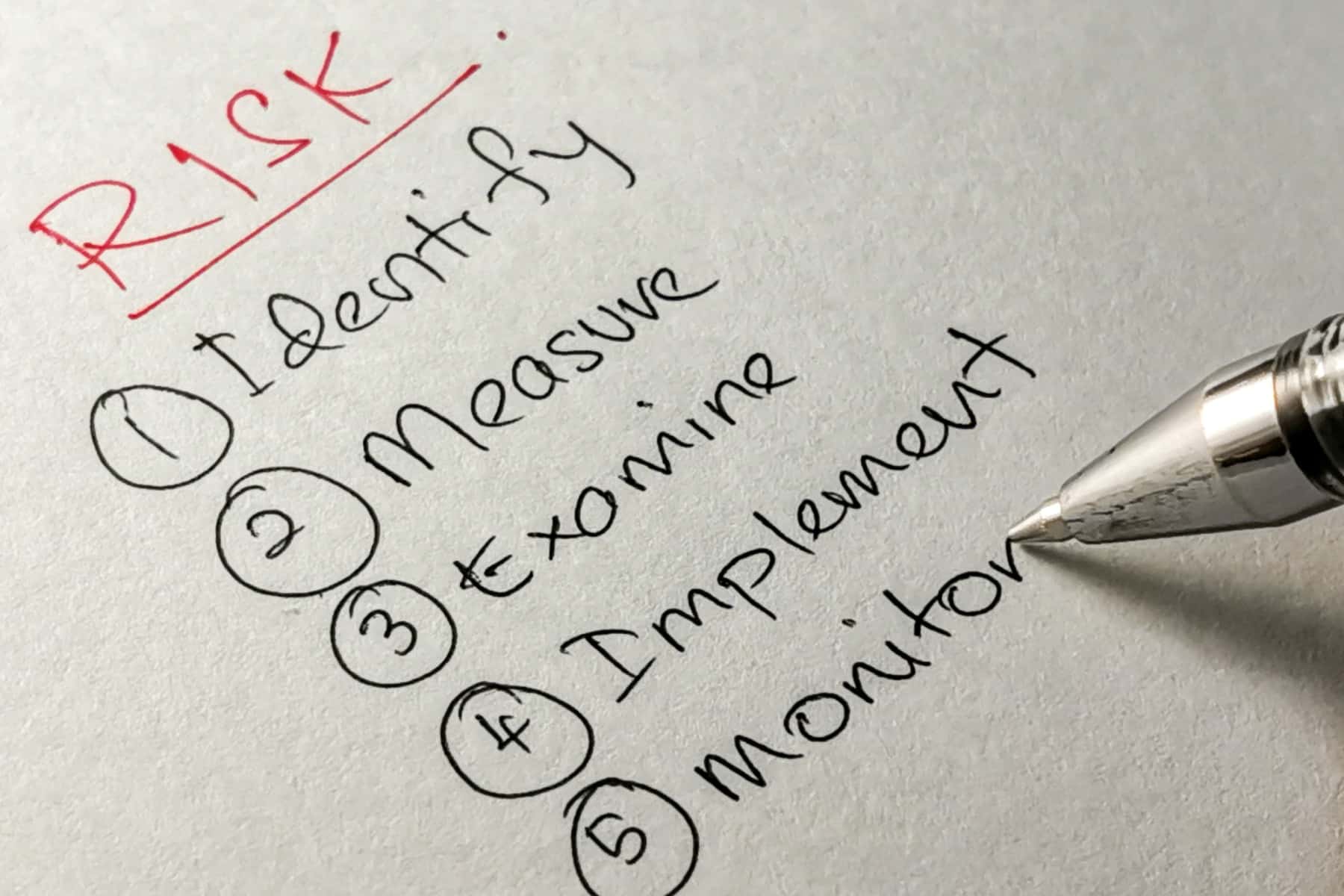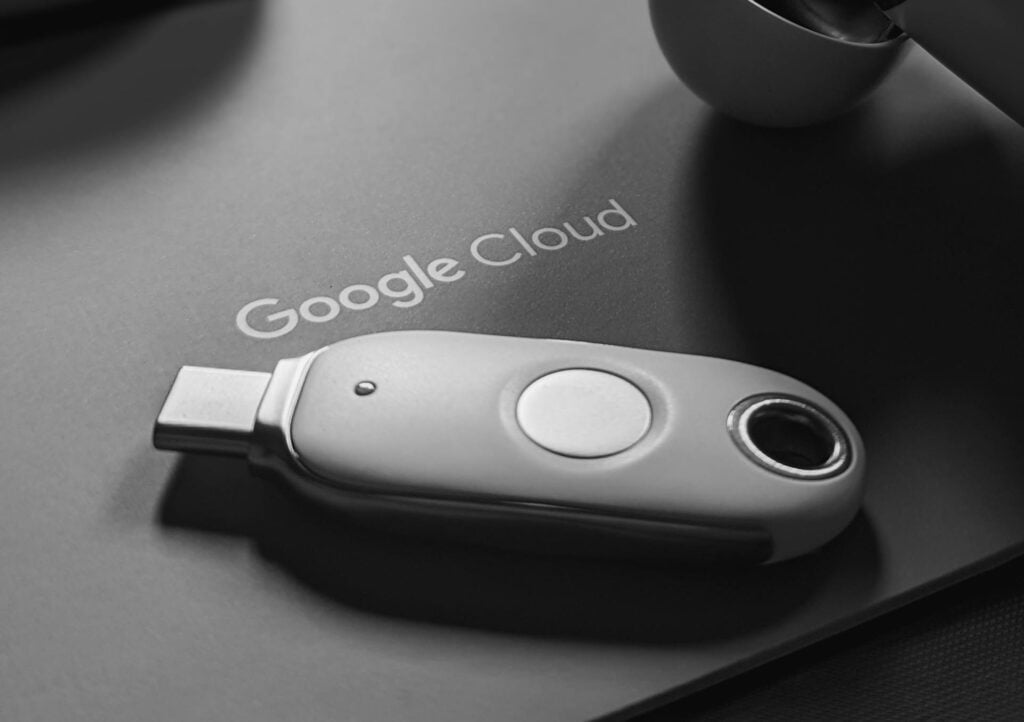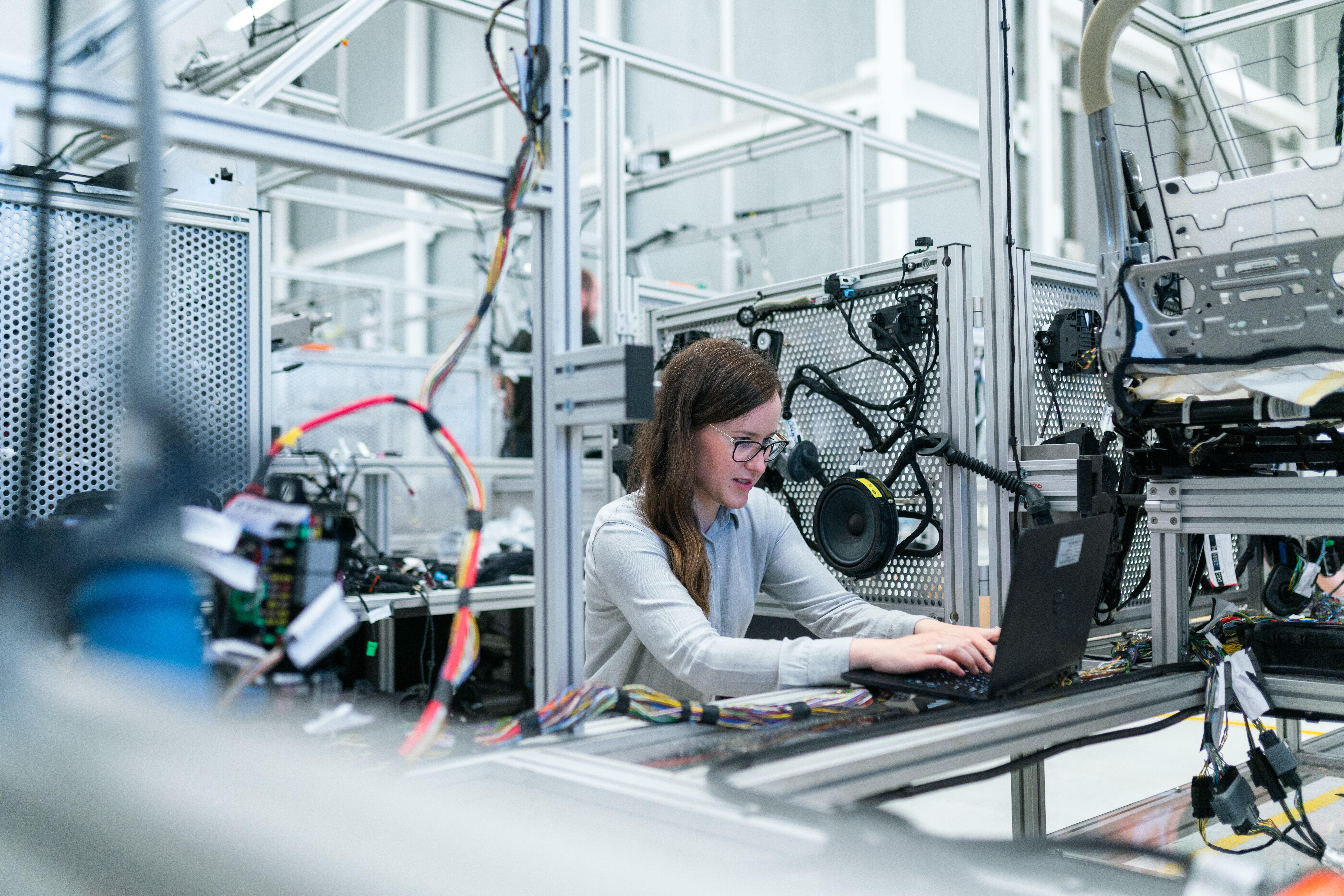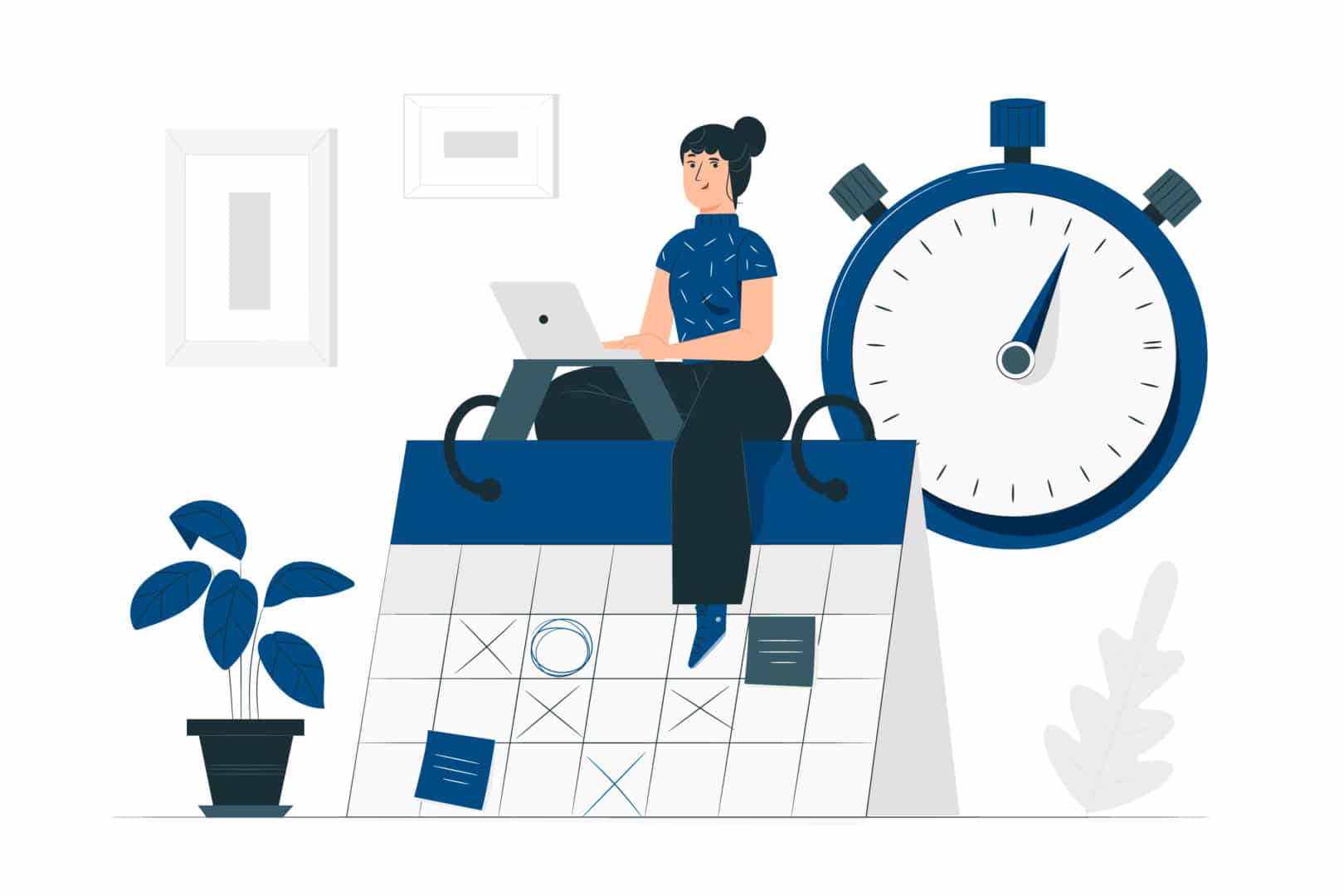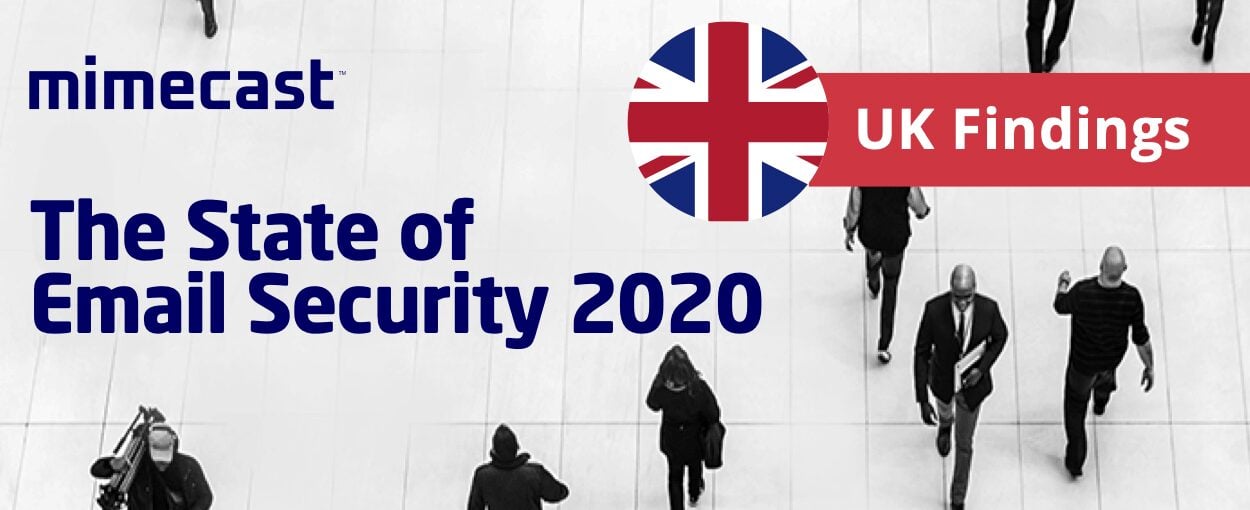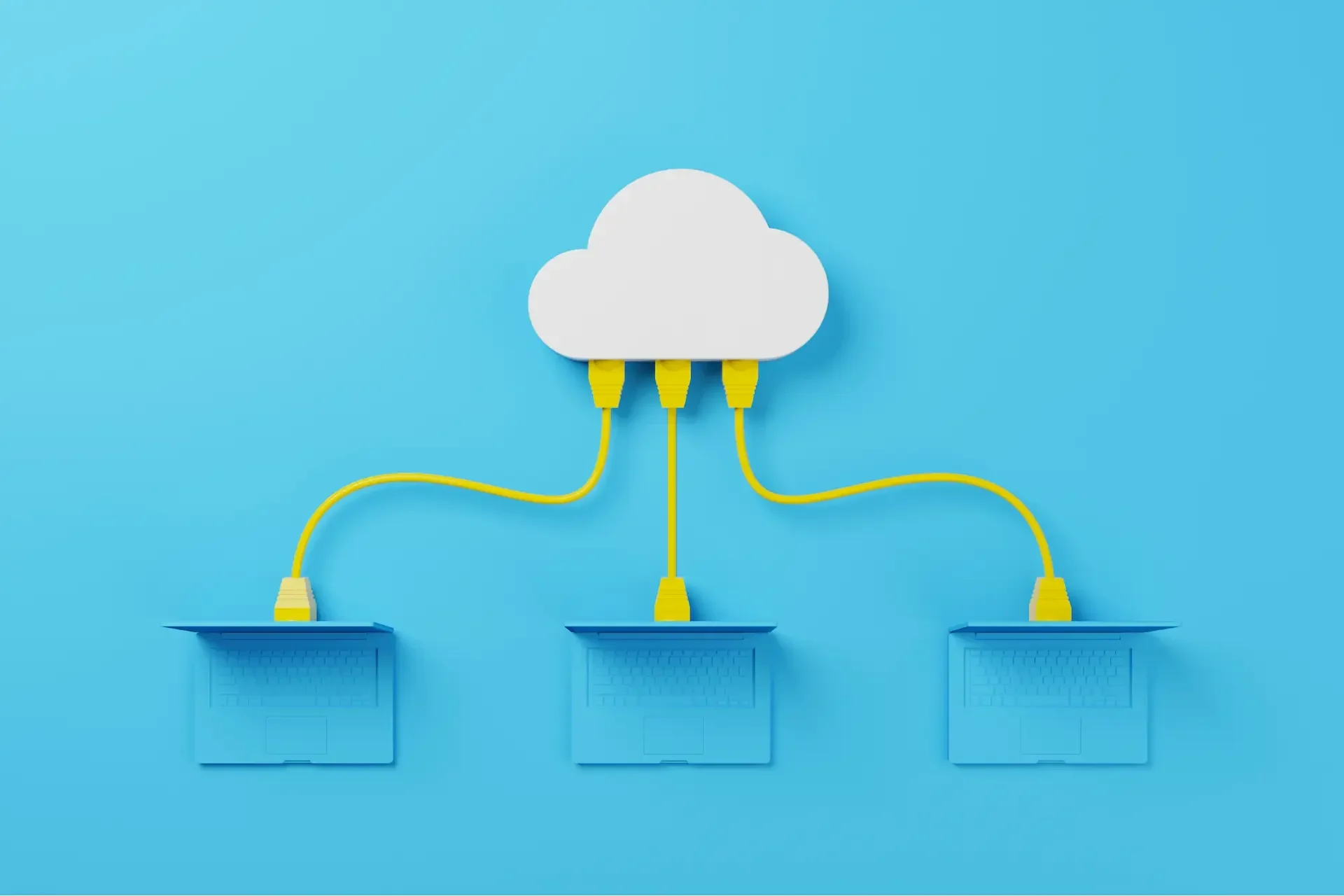When it comes to AI vs automation, many businesses use the terms interchangeably, but they mean very different things. Both can streamline operations, cut costs, and improve productivity, but the way they work, the problems they solve, and the results they deliver vary significantly.
Understanding the difference between AI and automation is crucial. Get it wrong and you could waste money, miss opportunities, or even introduce security risks.
Explore our innovation services – where we work with you to improve your business operations through intelligent solutions using automation, app integrations, or AI & machine learning.
What is Automation in Business?
Automation uses predefined rules to perform tasks without human input.
Common examples:
- Workflow rules in project management software.
- Robotic process automation (RPA) in finance departments.
- Marketing email triggers based on customer actions.
Real-life examples Dr Logic have put in place:
Tempest Resourcing case study: Recruiters were manually scanning multiple job listing websites – a slow, error-prone process. Dr Logic built a fully automated background tool: recruiters simply upload a spreadsheet of job board URLs, and the system automatically scrapes each site, extracts key details, and compiles them into a clean, organised spreadsheet. No manual clicks. No copy-and-paste. Just instant, accurate data.
Convex (AI) case study: With a growing hybrid Apple–Windows environment, keeping every device updated and secure was a time-consuming challenge. Dr Logic implemented automated device management and patching, ensuring every Mac and PC received the latest updates without IT staff having to lift a finger, freeing their team to focus on developing AI products instead of managing updates.
Key benefits:
- Saves money by:
- Speeds up repetitive processes.
- Improves accuracy and consistency.
- Frees staff for higher-value work.
Automation is ideal when the process is predictable — “if X happens, do Y.”
What is AI in Business?
Artificial Intelligence (AI) refers to systems that can learn from data, adapt to new inputs, and make decisions without being explicitly programmed for every scenario.
Common examples:
- Chatbots that get smarter with every interaction.
- Predictive analytics that forecast market demand.
- Fraud detection algorithms spot unusual transactions.
Real-life examples Dr Logic have put in place:
Tempest Resourcing case study: Their automation tool didn’t stop at simple scraping. We embedded AI-powered detection and extraction to handle poorly structured job listing sites. The AI learns how to navigate each unique site, identify the right pieces of data, and adapt as new sources are added, improving accuracy and scalability without extra manual setup.
Convex (AI) case study: At the heart of their business is an AI-driven platform that analyses complex datasets to deliver decision-ready insights for clients. Their AI identifies patterns, predicts trends, and optimises processes, continuously improving its recommendations as more data flows through it.
Key benefits:
- Handles complexity and variability.
- Improves over time through learning.
- Uncovers patterns and insights in large datasets.
AI is best for challenges that involve analysis, prediction, or decision-making in changing conditions.
AI vs Automation: The Key Differences
|
AI |
Automation |
|
Learns and adapts. |
Follows fixed rules. |
|
Best for complex, variable scenarios. |
Best for predictable, repetitive tasks. |
|
Makes or recommends decisions. |
Executes decisions. |
When to Use Which
- Choose automation for consistent, rules-based processes
- Choose AI when the task requires analysis, learning, or adaptability
- Combine them for maximum impact – AI decides, automation executes – as seen in the Tempest Resourcing and Convex (AI) projects.
If you’re unsure of which is right for your business, speak to our innovation team, who will be able to review your current operations and advise which option is right for you.
The Future: AI-Powered Automation
By 2030, most automation will be powered by AI. That means smarter workflows, faster decision-making, and more personalised customer experiences. But the right mix will depend on your business goals, resources, and IT strategy.
Why the Distinction Matters
Getting it wrong can lead to:
- Over-investment in the wrong tools.
- Missed opportunities for innovation.
- Security gaps from poorly integrated systems.
Smarter Technology Decisions with Dr Logic
At Dr Logic, we help businesses identify where AI, automation, or both can deliver the greatest impact, securely, strategically, and without wasted spend. Whether you’re exploring digital innovation and AI adoption or looking to integrate automation into your IT support stack, we can help you plan and implement solutions that work for your goals.
Book your Digital Innovation consultation today.
Summary: What’s the Difference Between AI and Automation?
Automation follows fixed rules to complete repetitive, predictable tasks without human input. AI uses machine learning to adapt, analyse data, and make decisions in changing conditions. Automation is best for consistent processes; AI is best for complex or variable situations. They often work best together, for example, AI identifies what to do, and automation carries it out. See our AI and automation services for more.
FAQs
Can automation replace AI?
No, automation follows fixed rules, while AI adapts and learns. They solve different problems and often work best together.
What's a real-world example of AI in business?
The AI-powered job data extraction tool Dr Logic build for Tempest Resourcing, which adapts to different website structures and improves accuracy over time, or Convex AI‘s own platform, which predicts trends from complex datasets.
